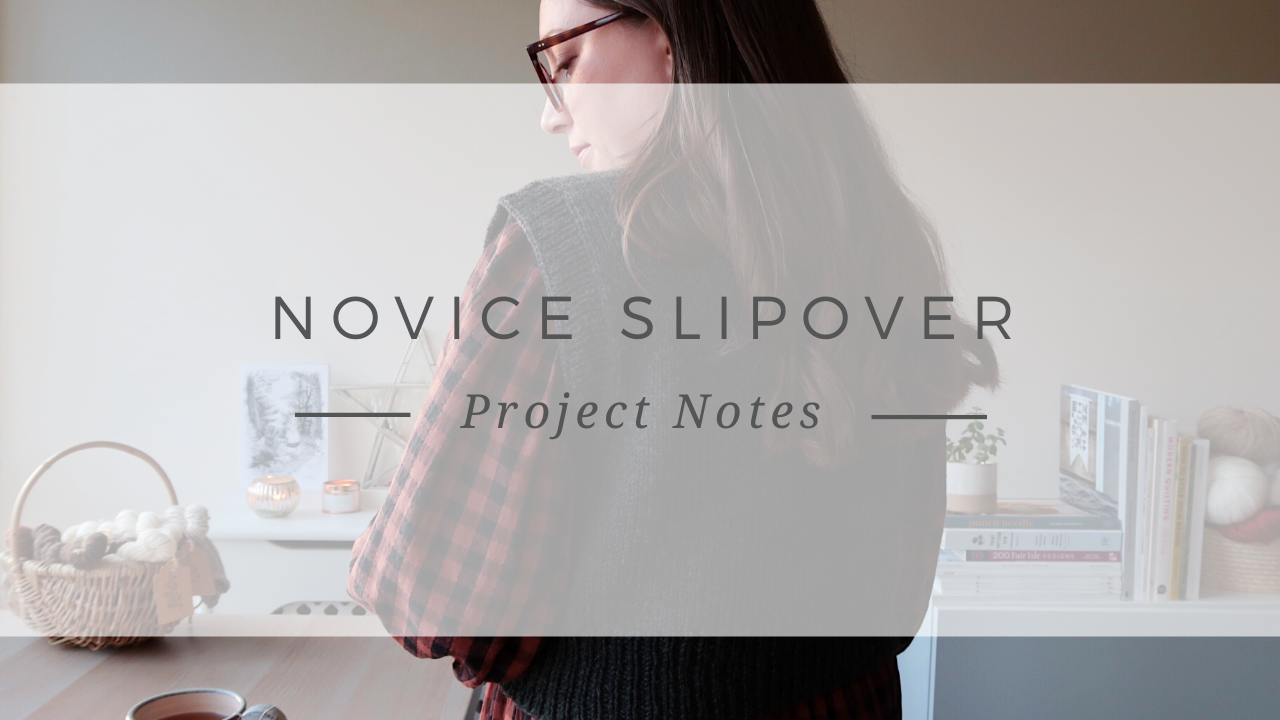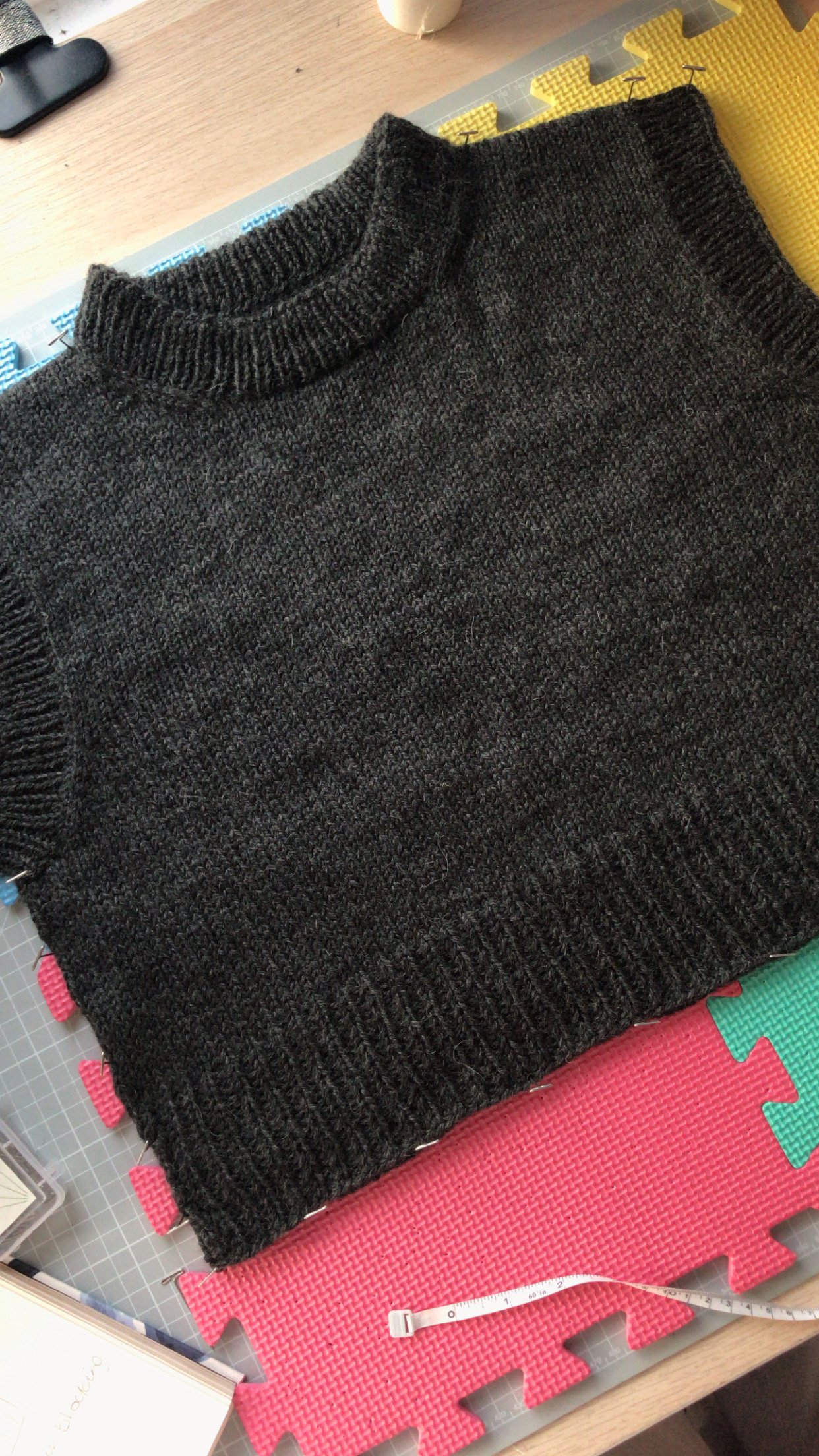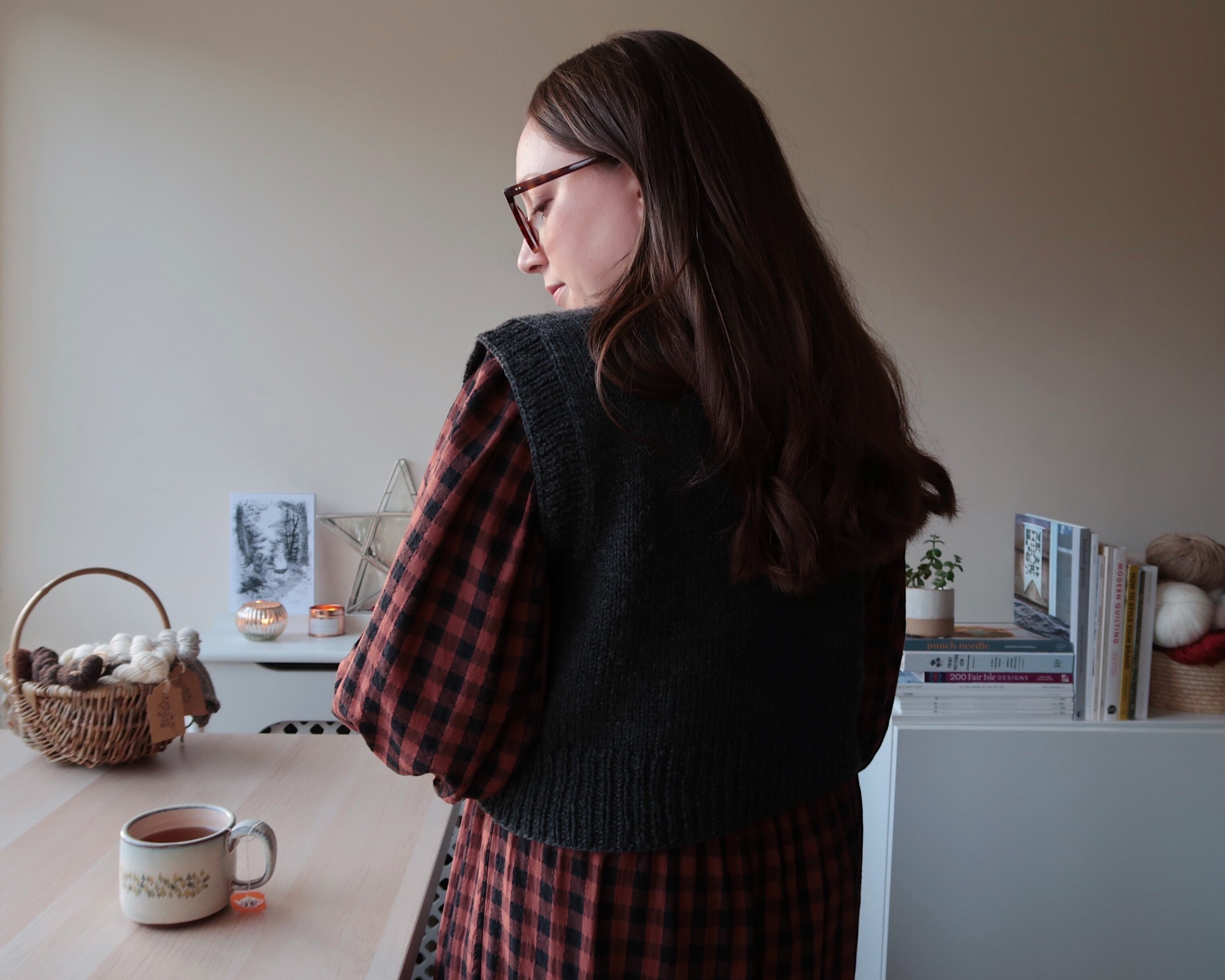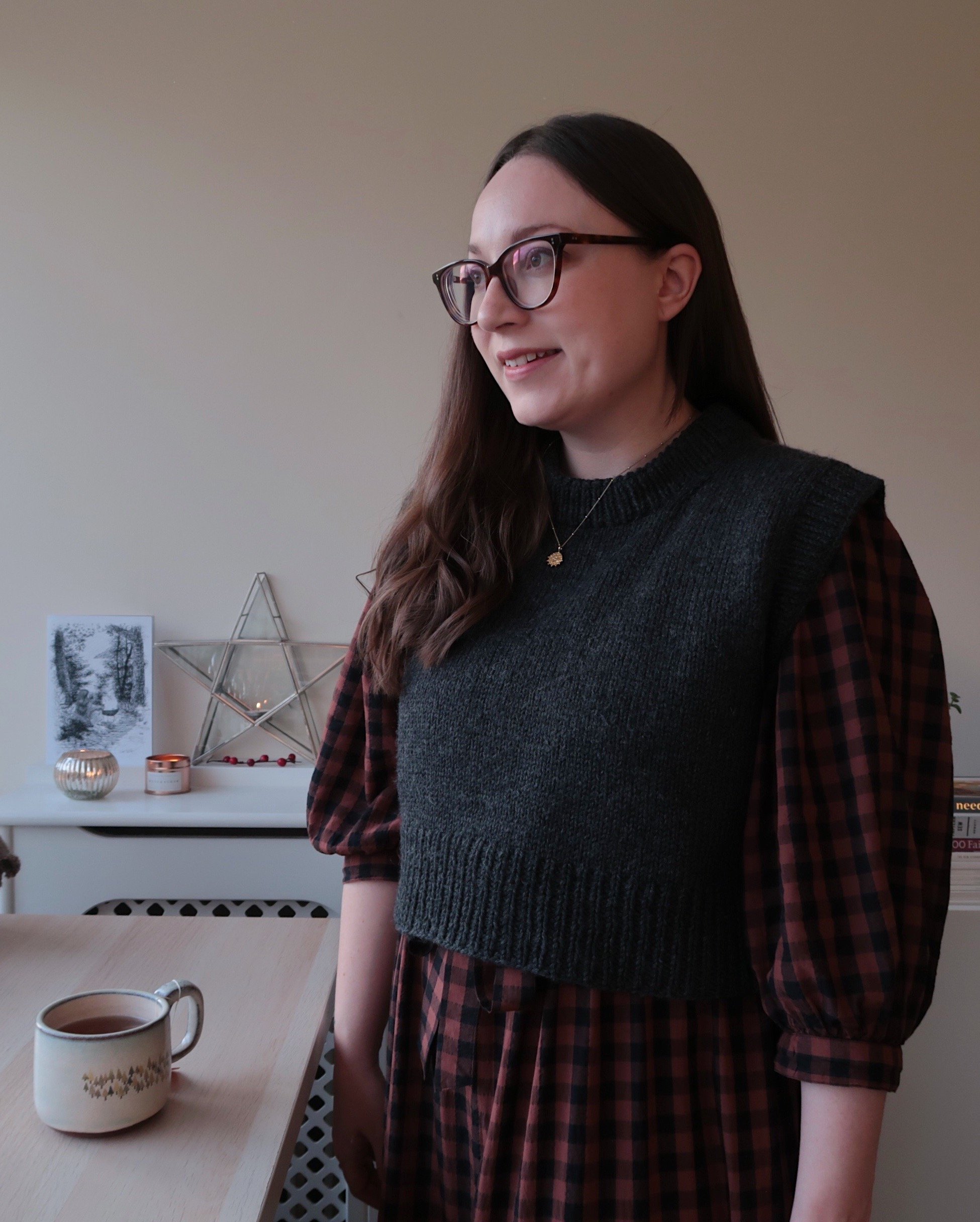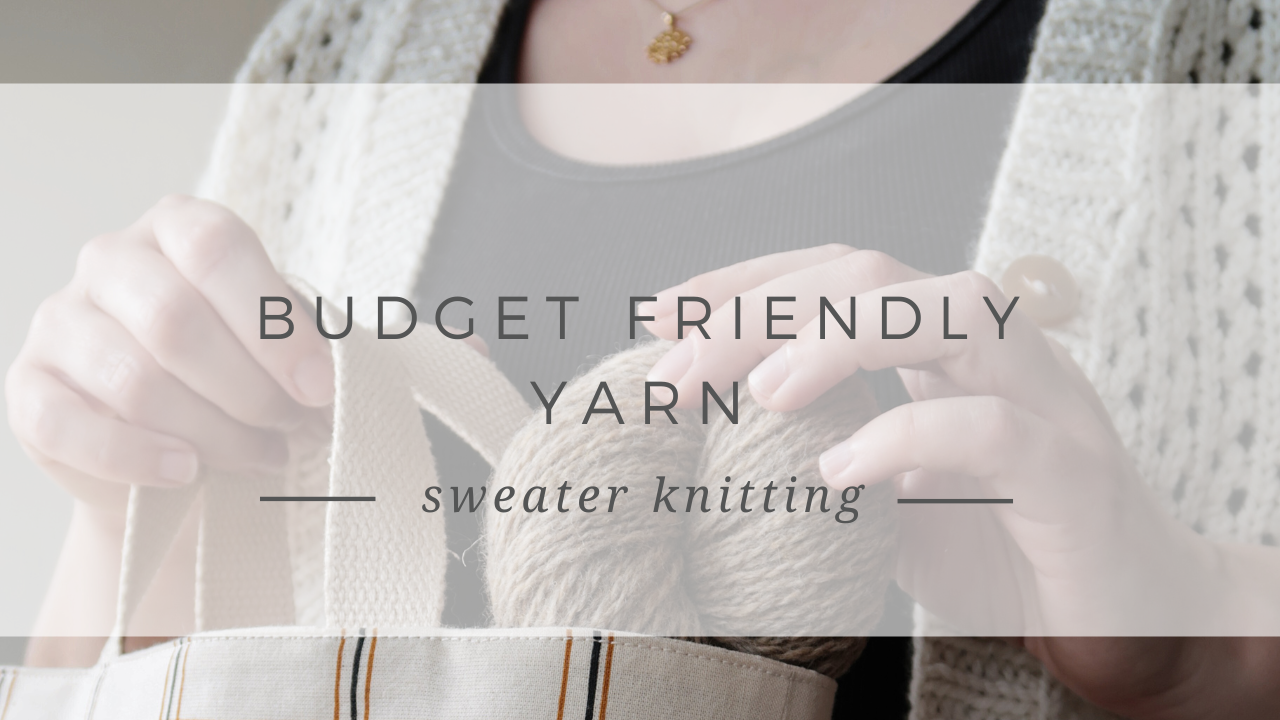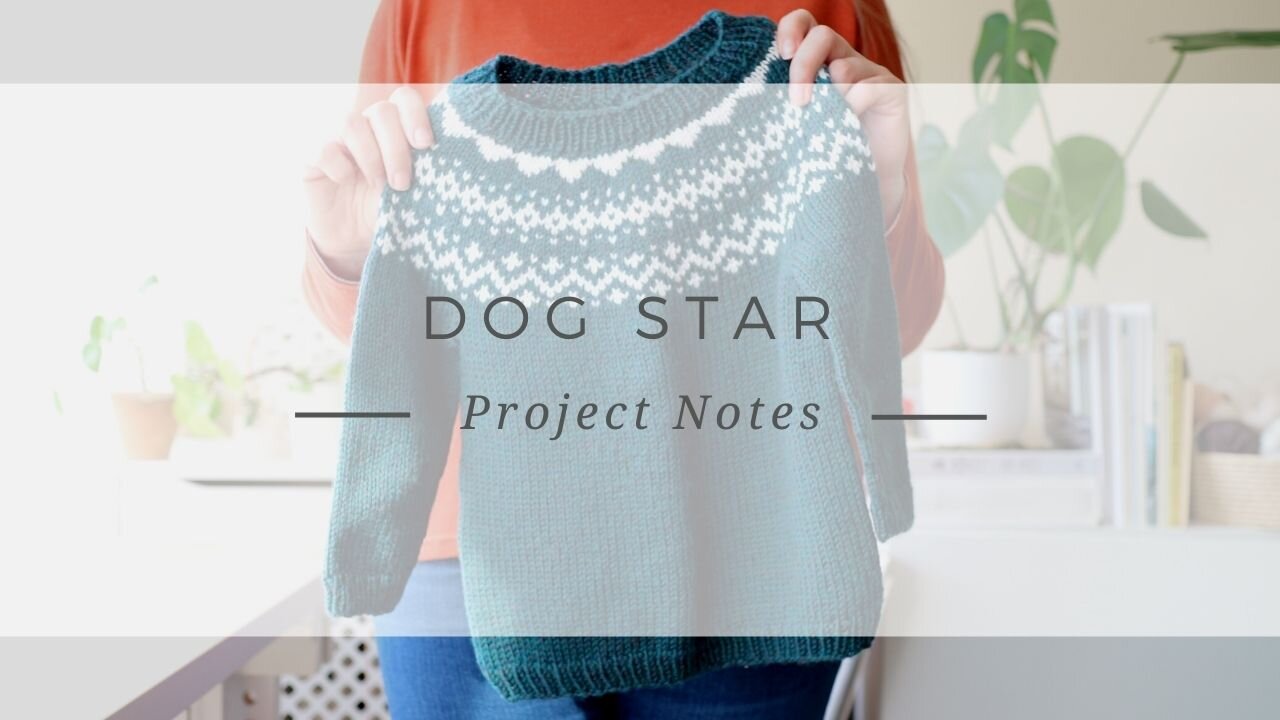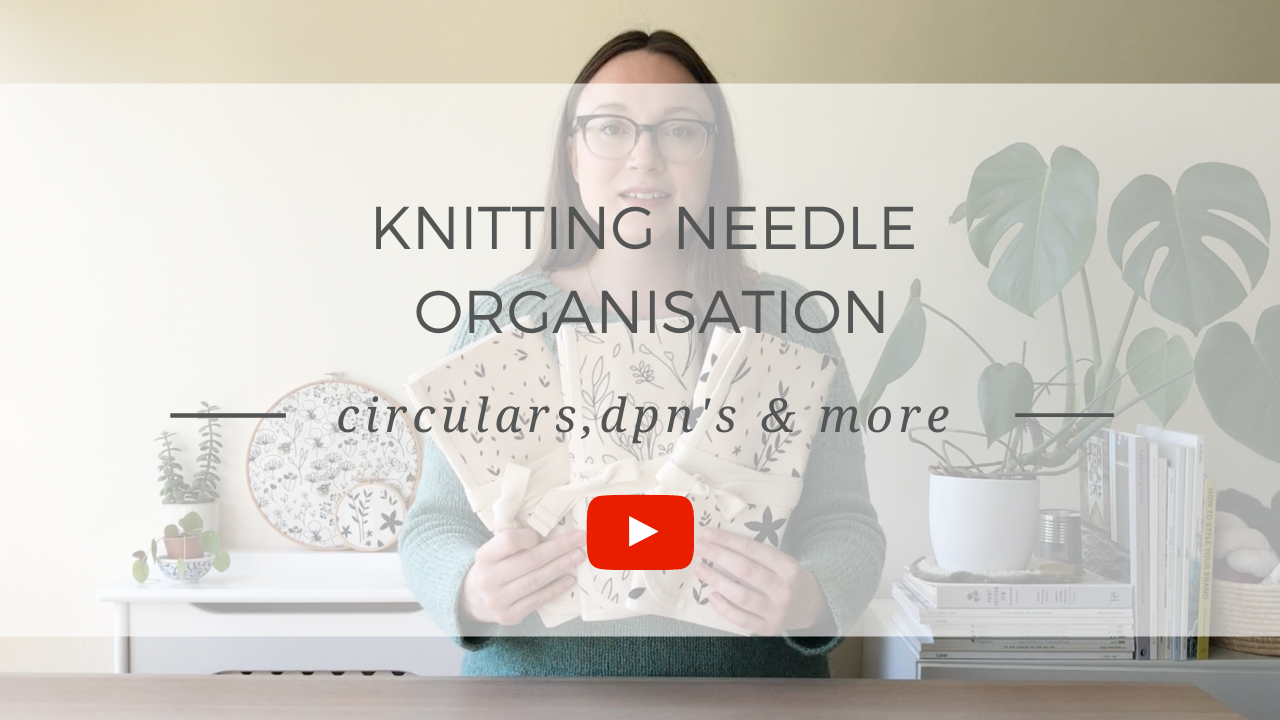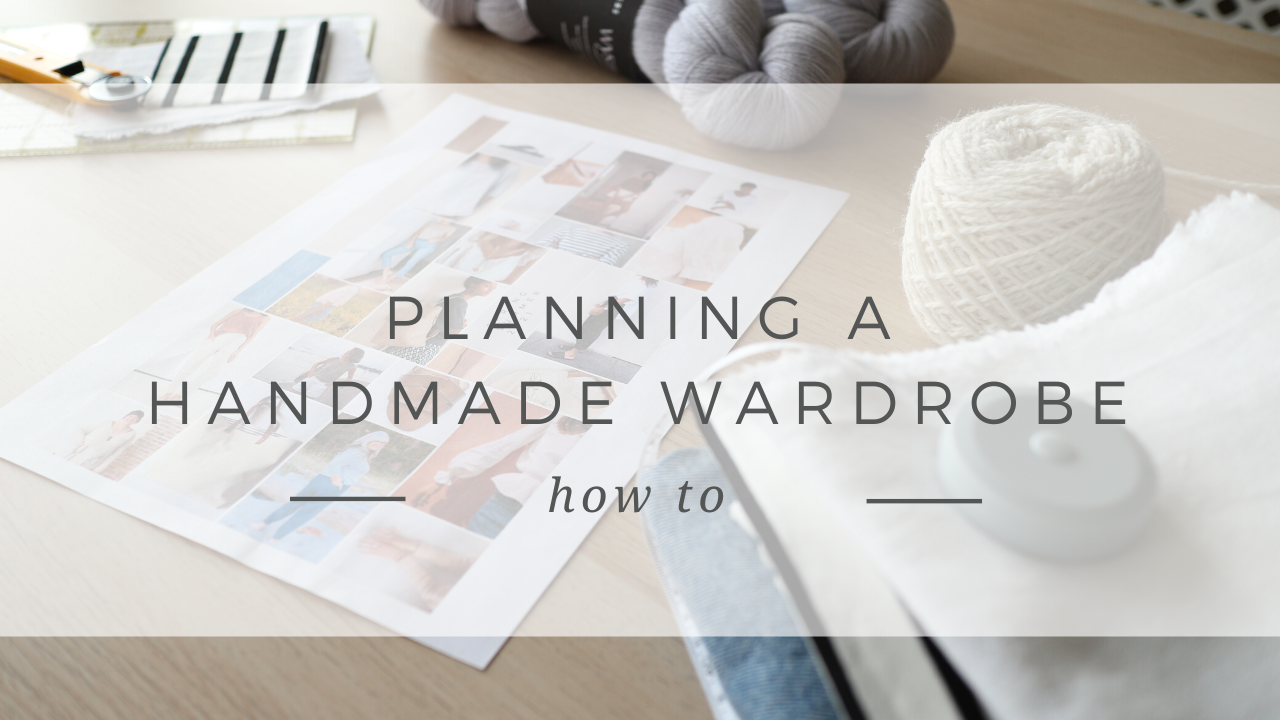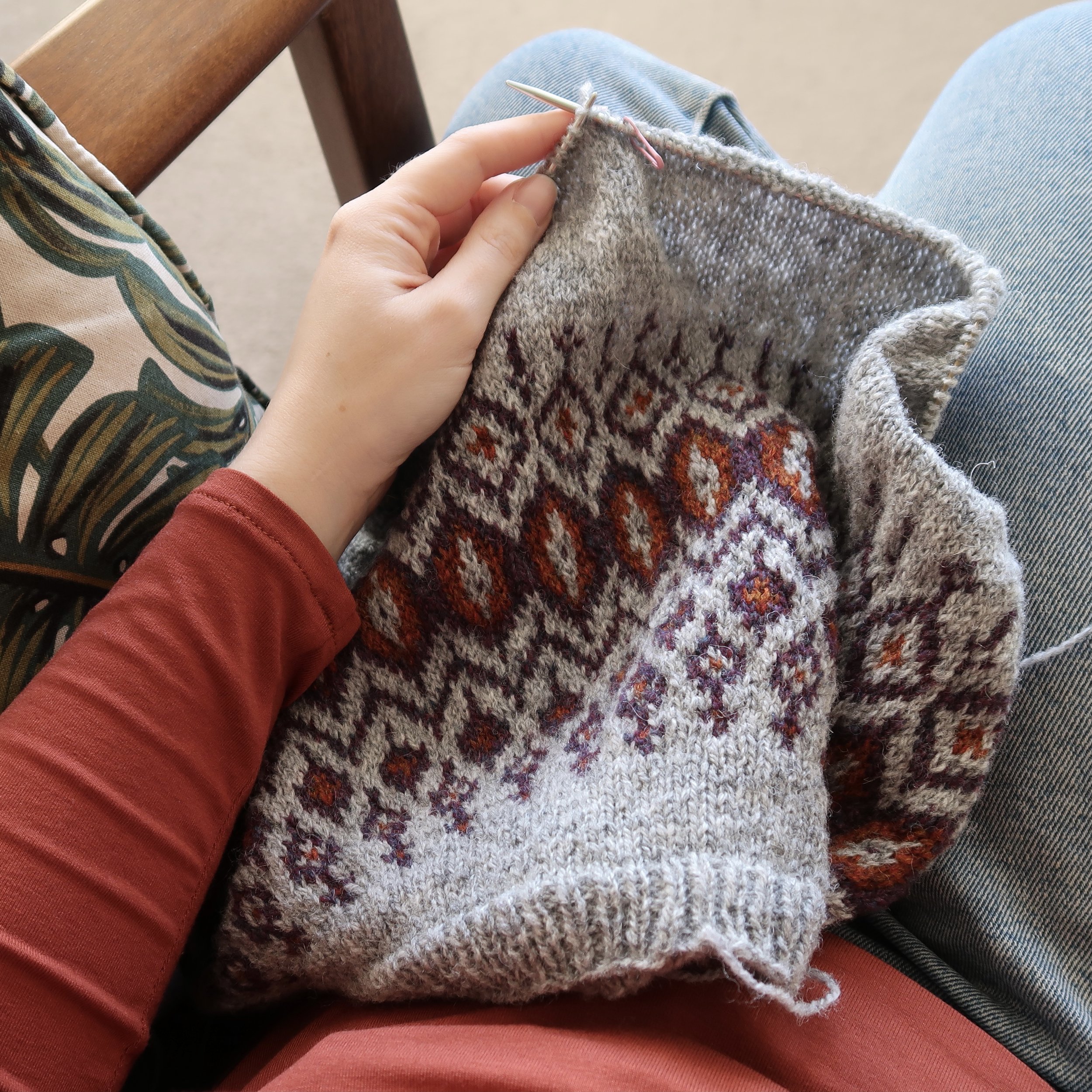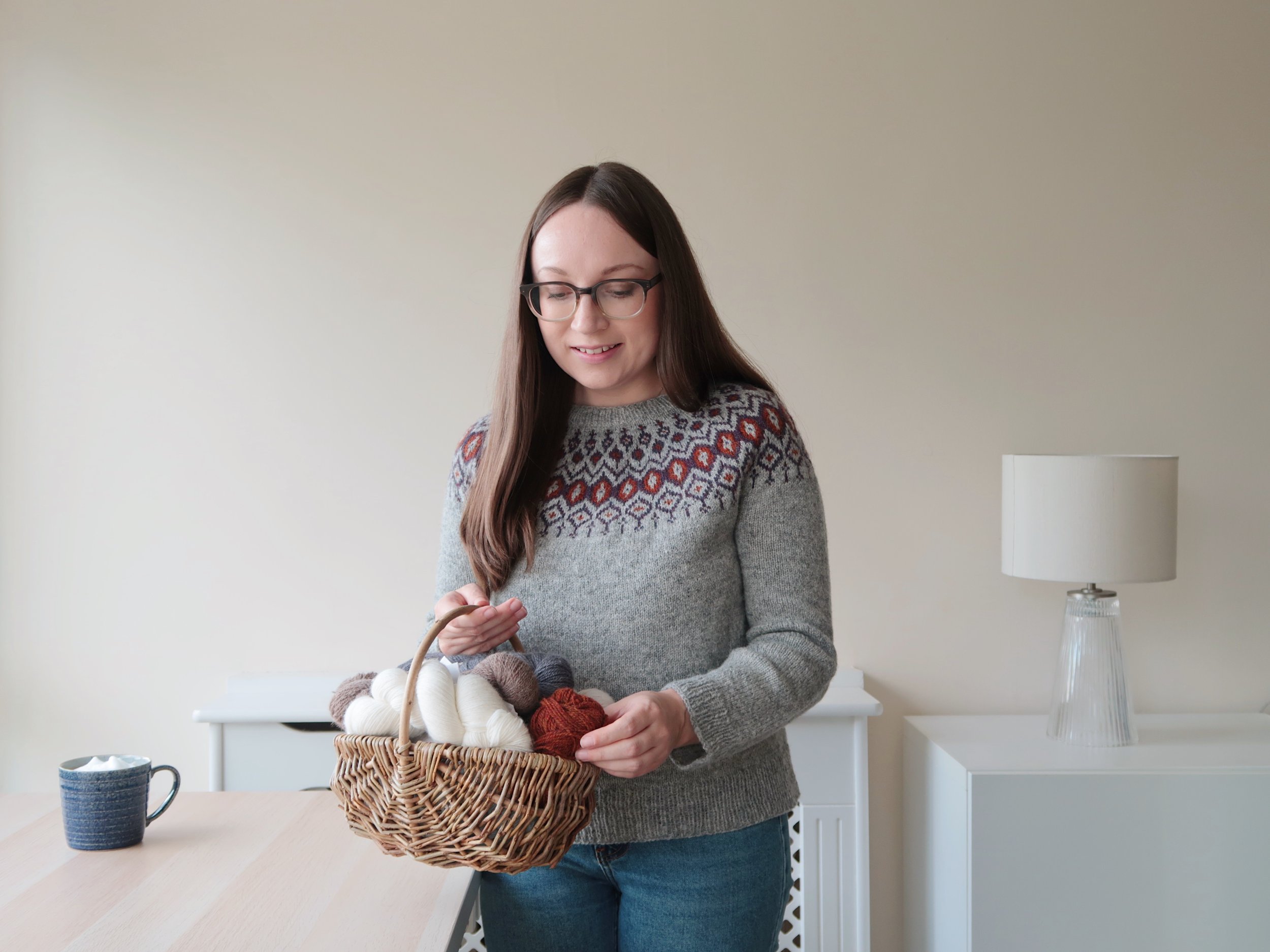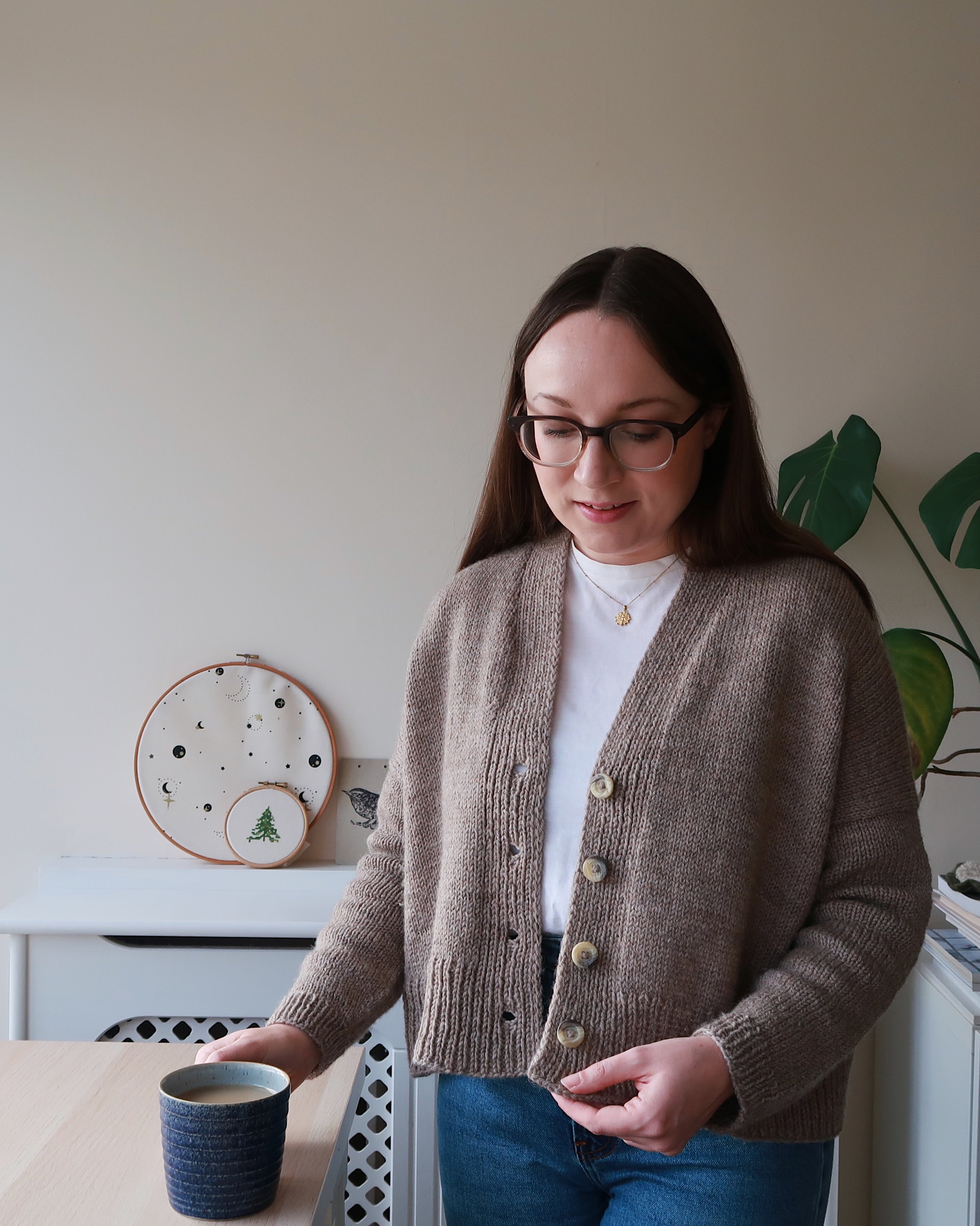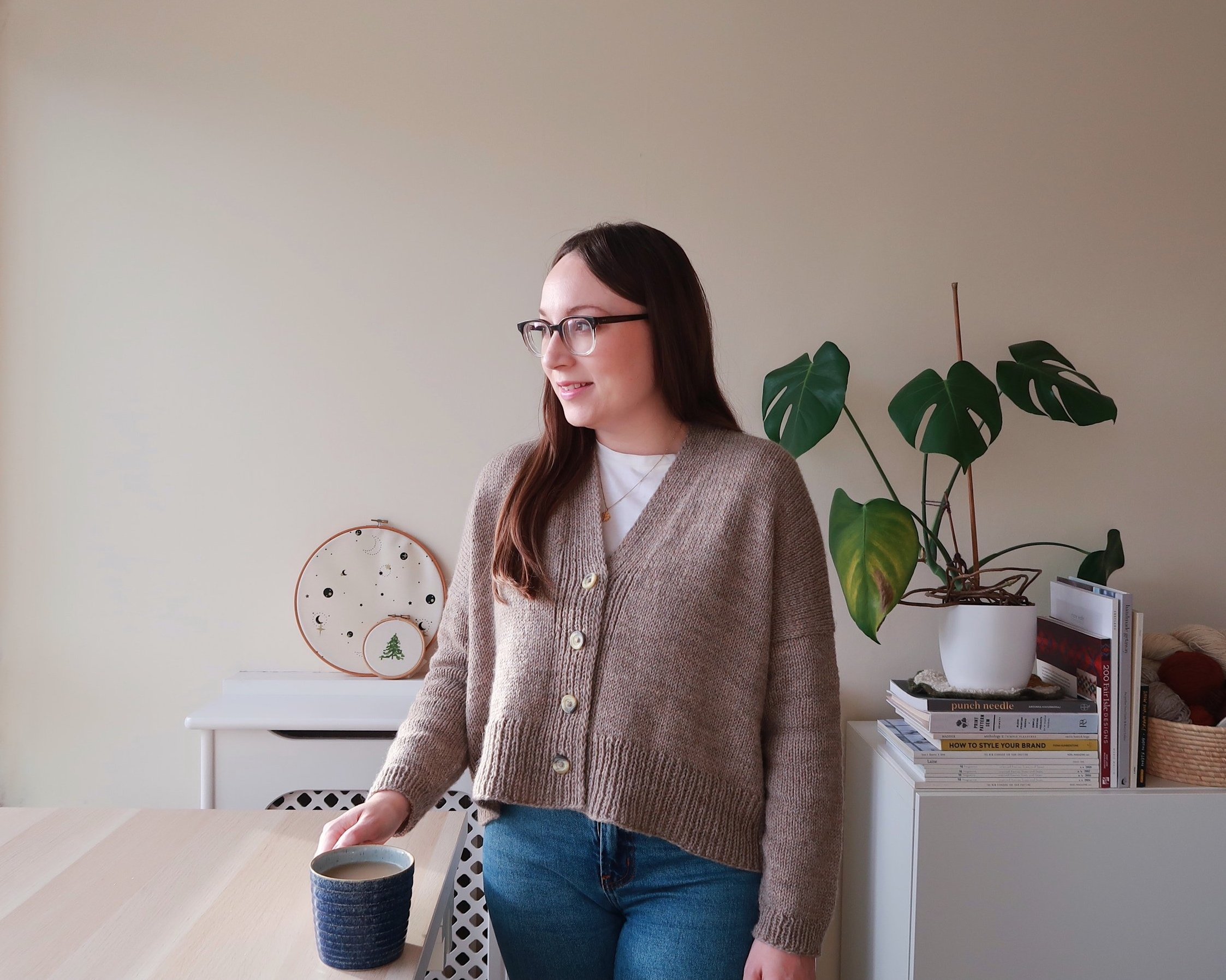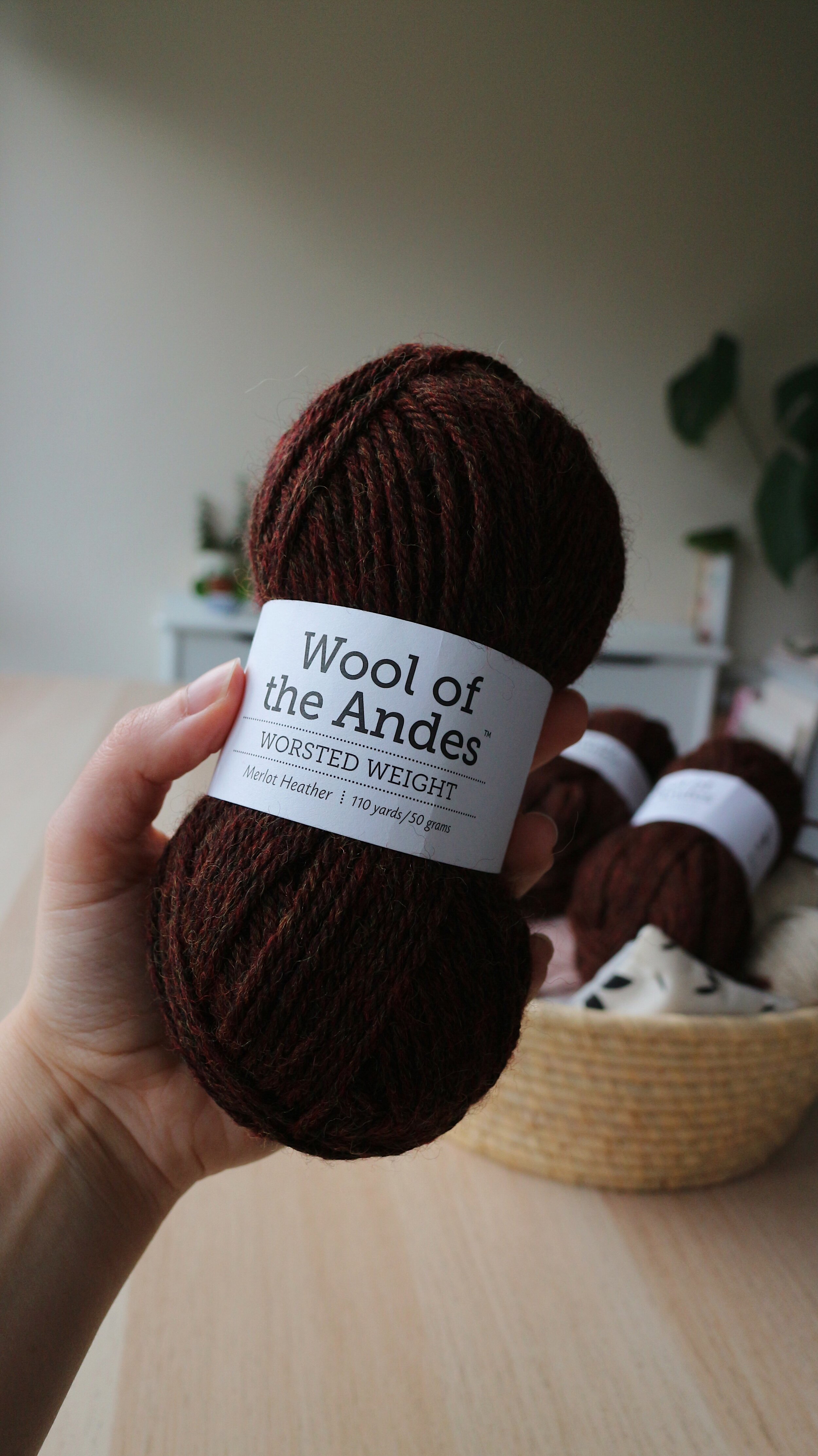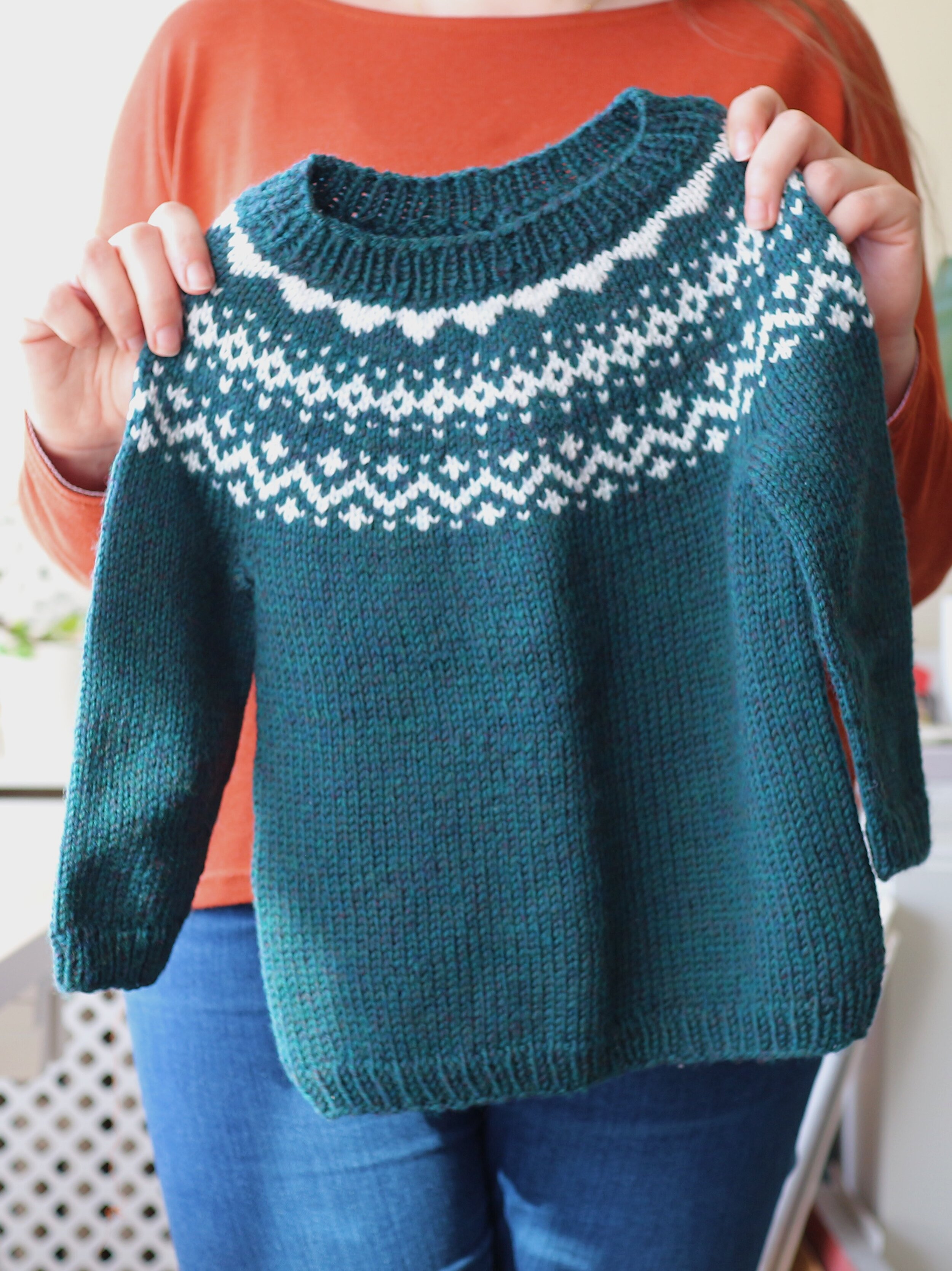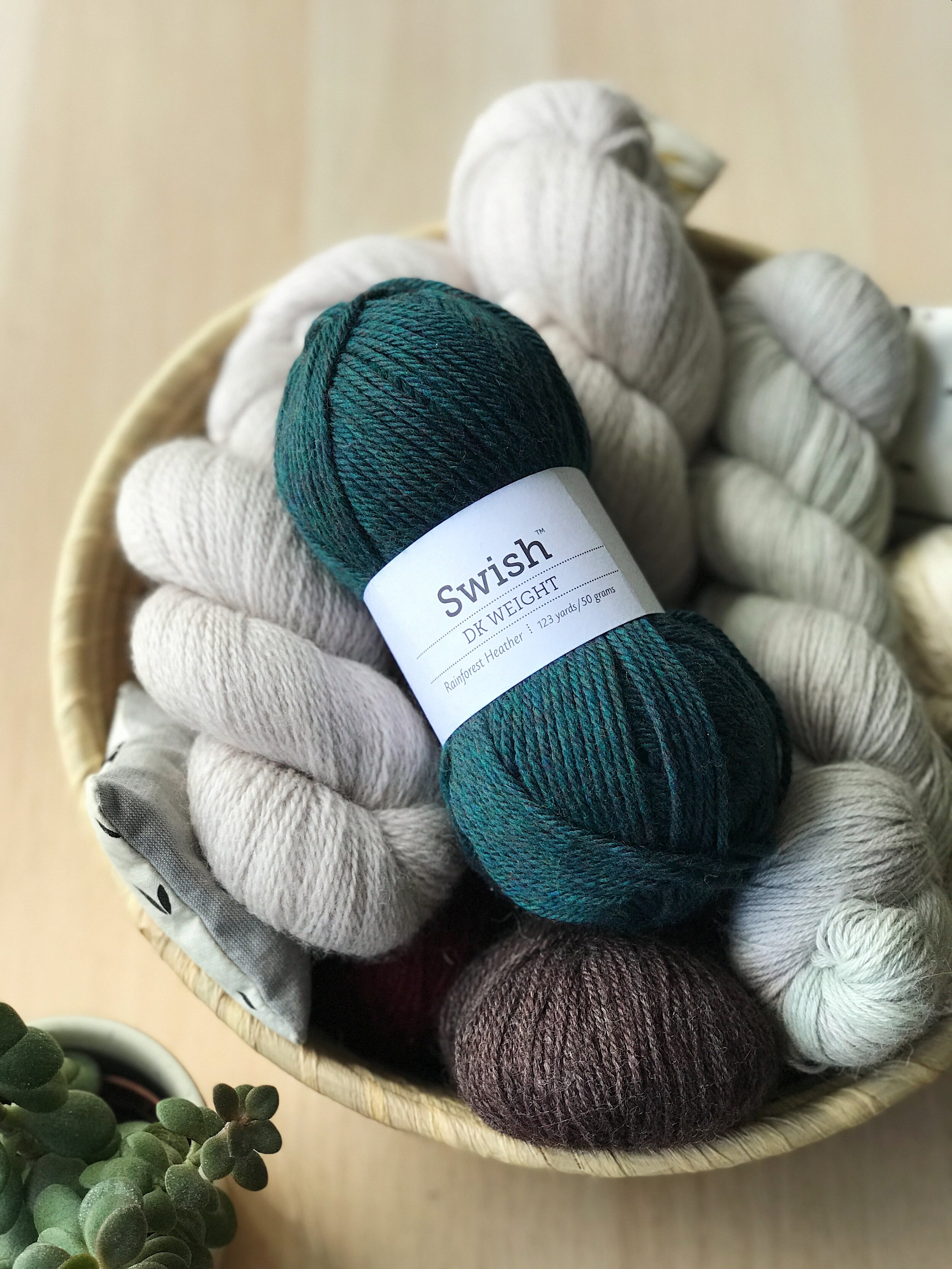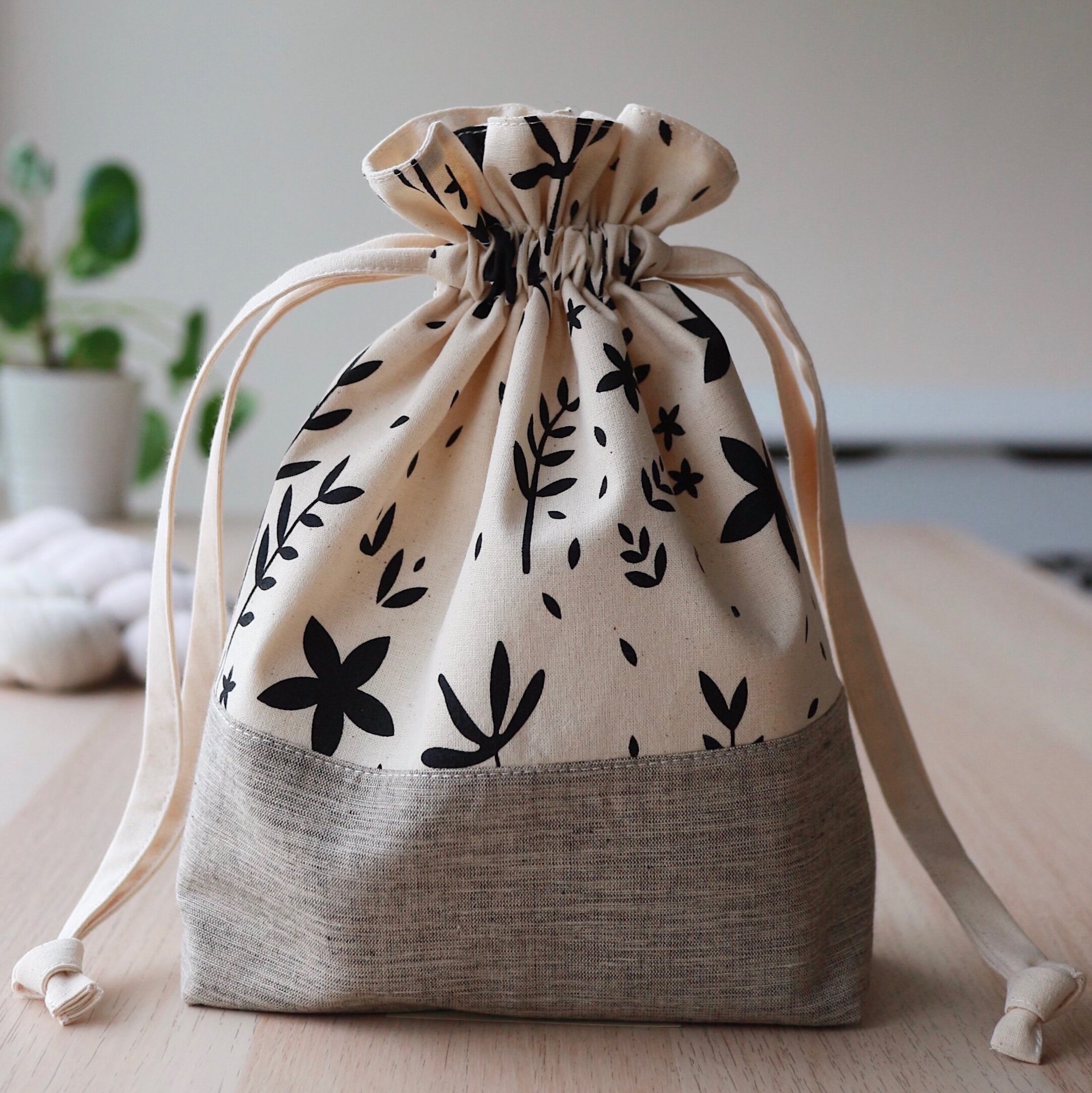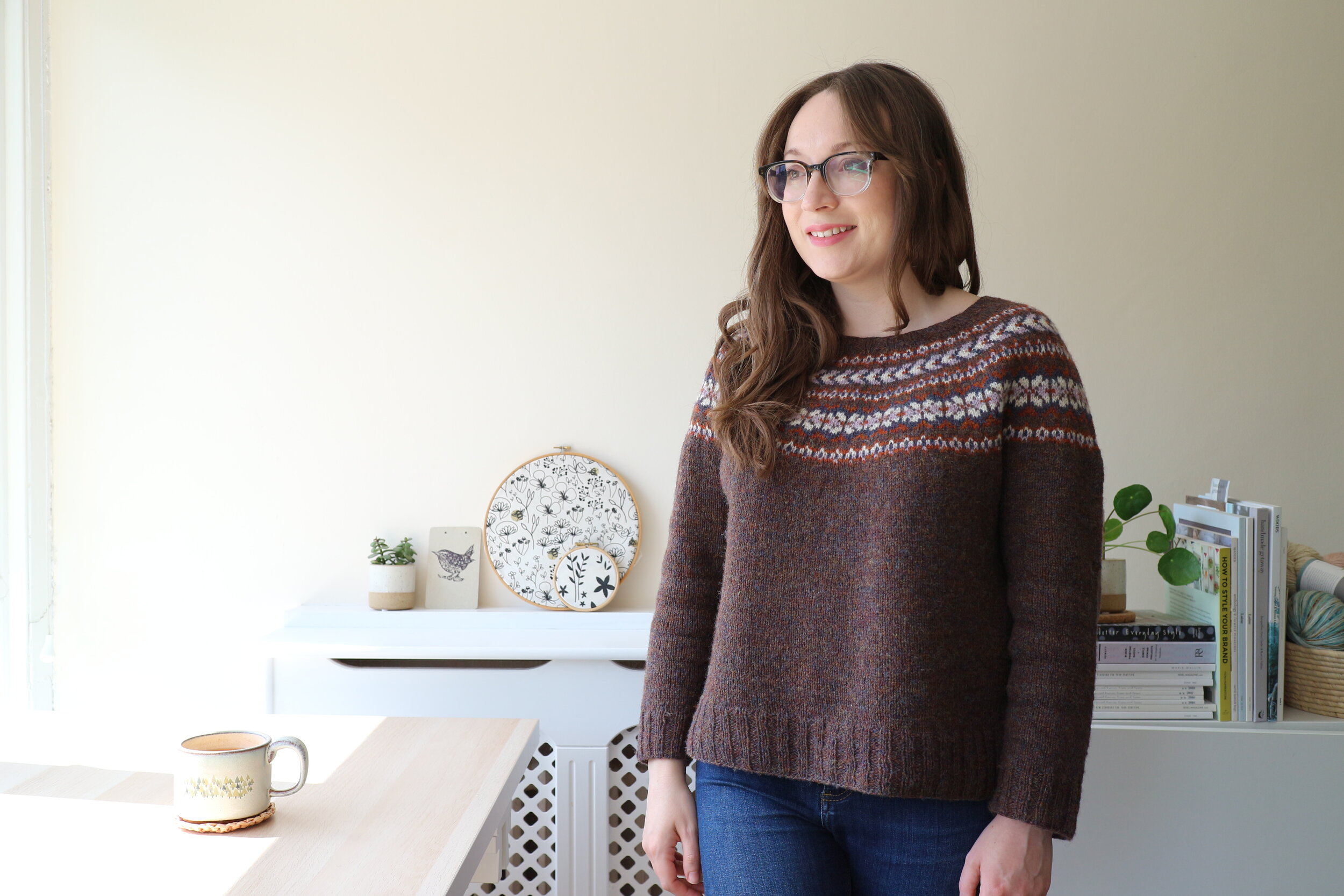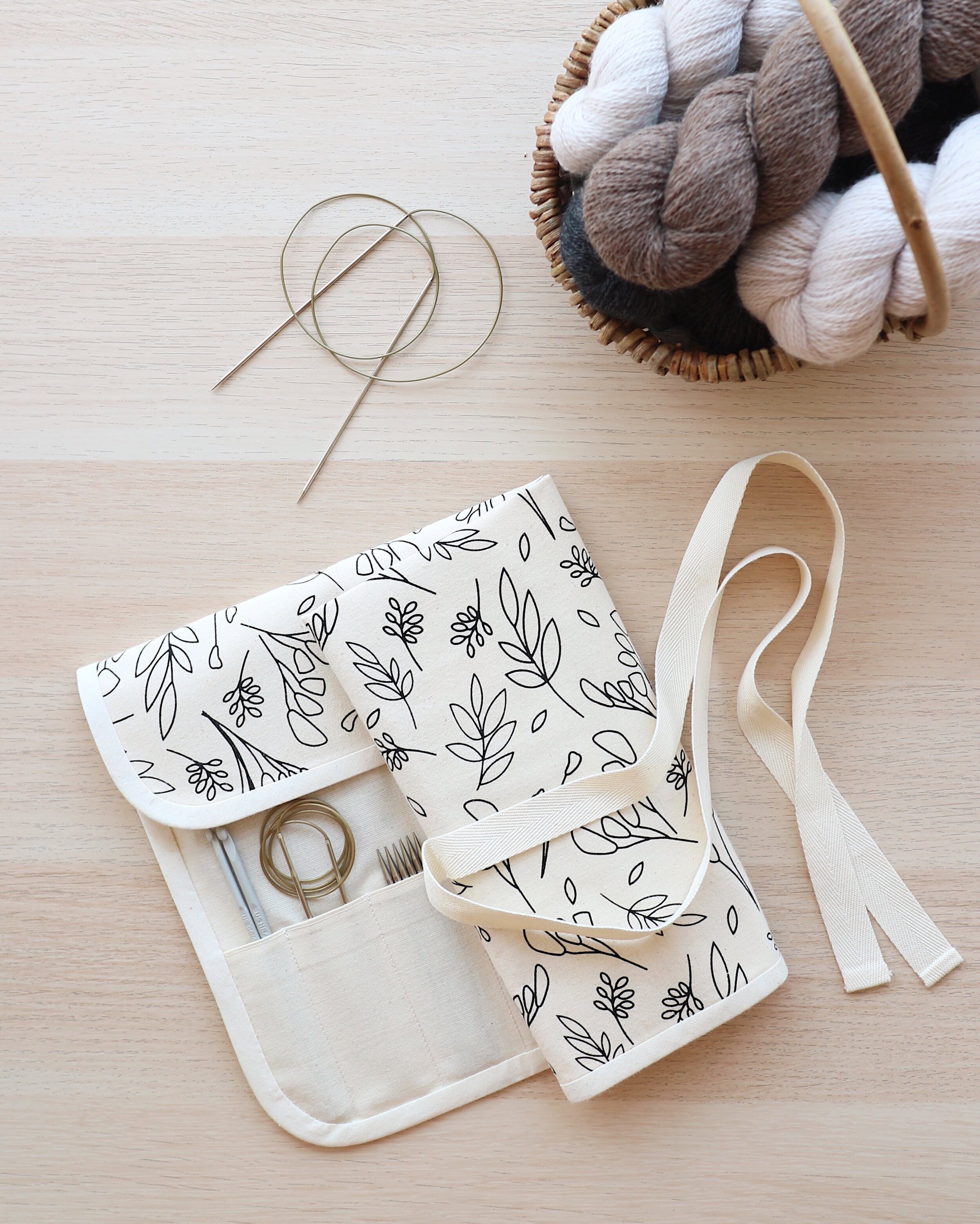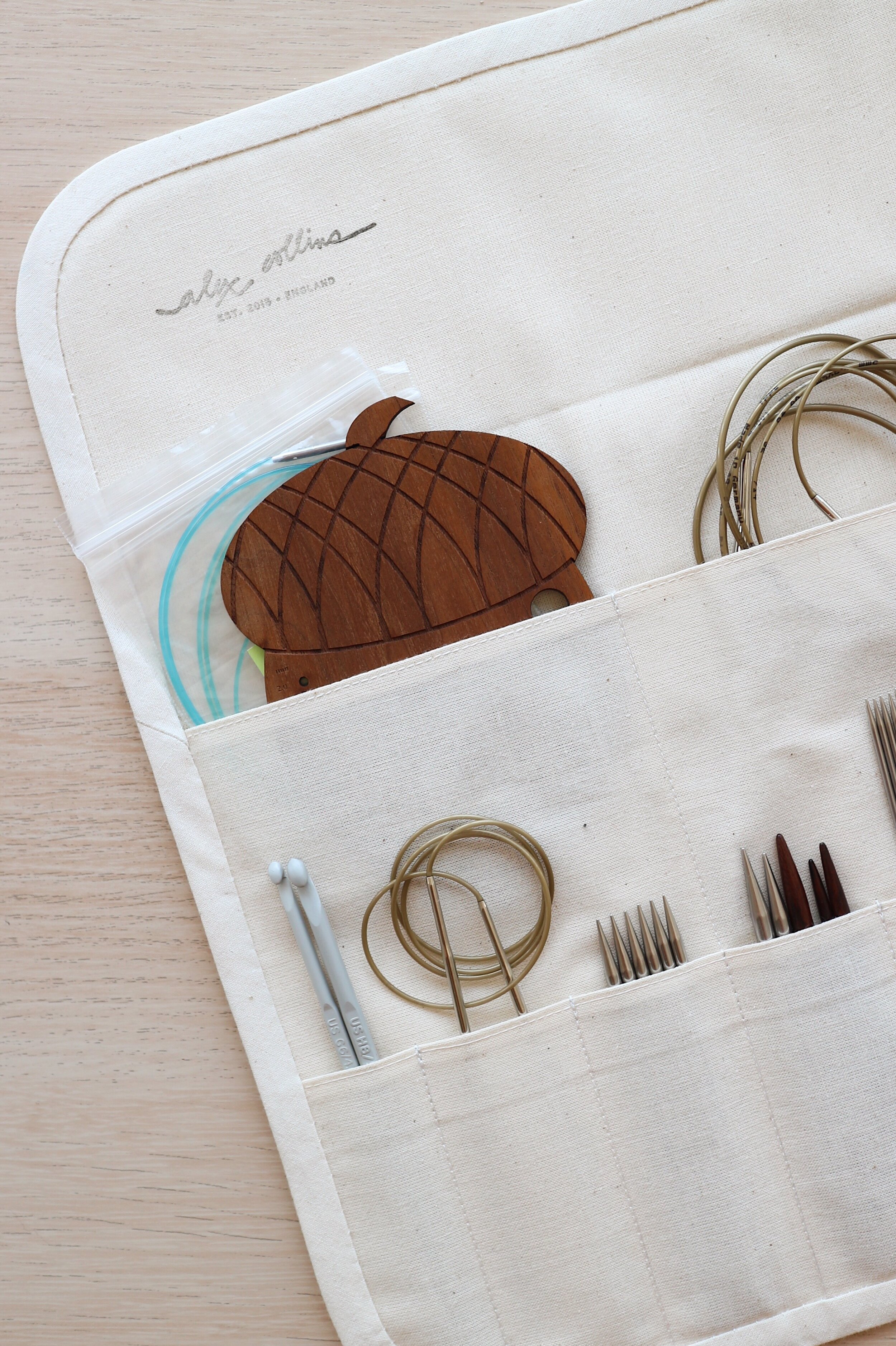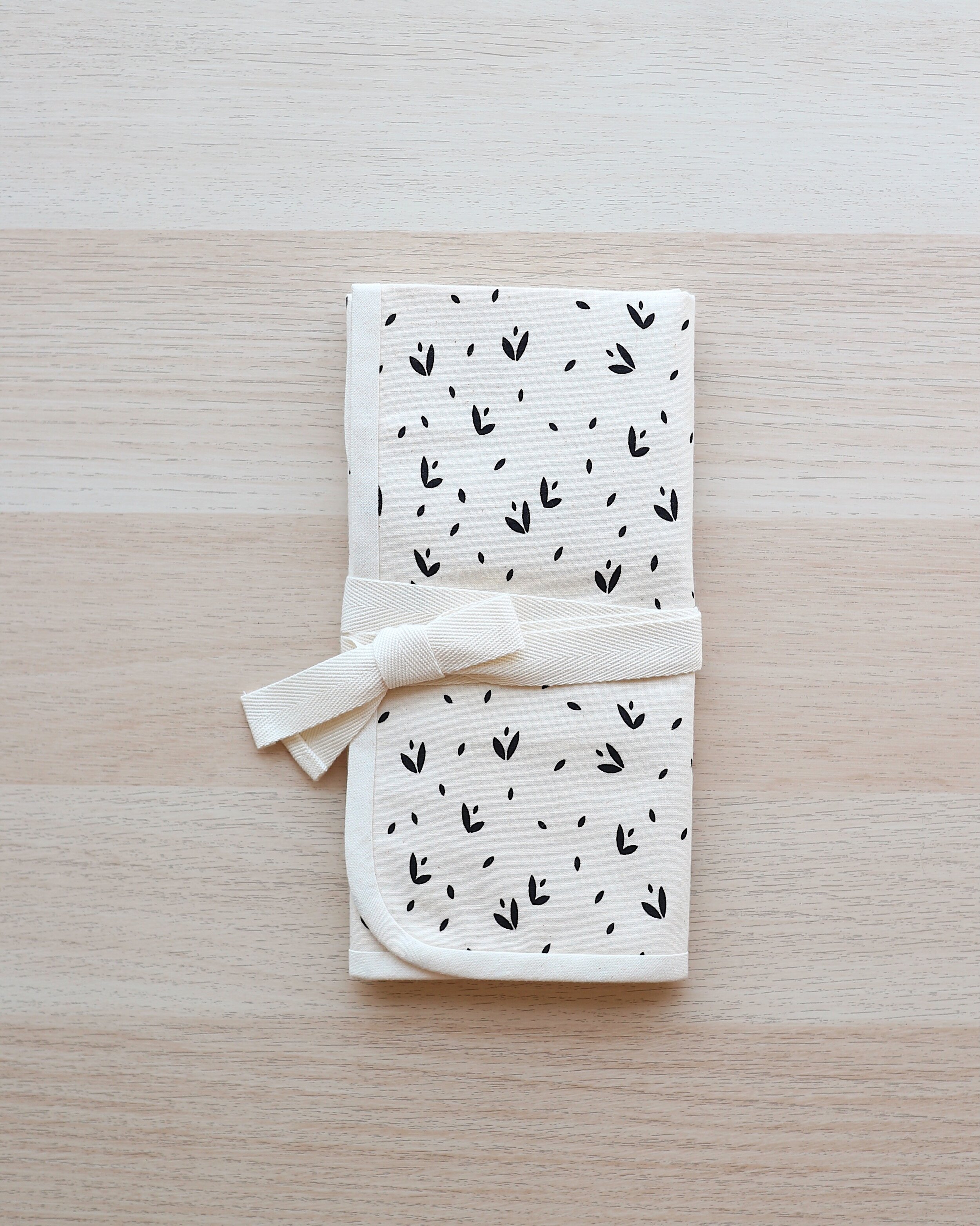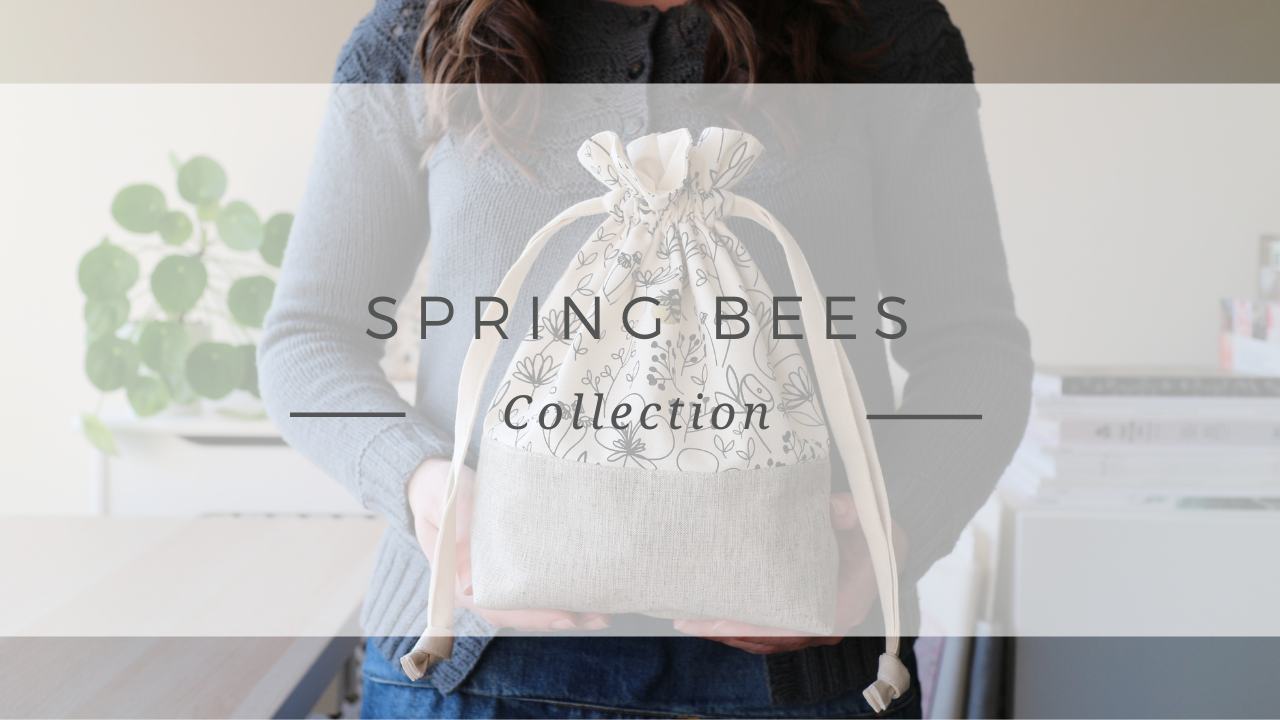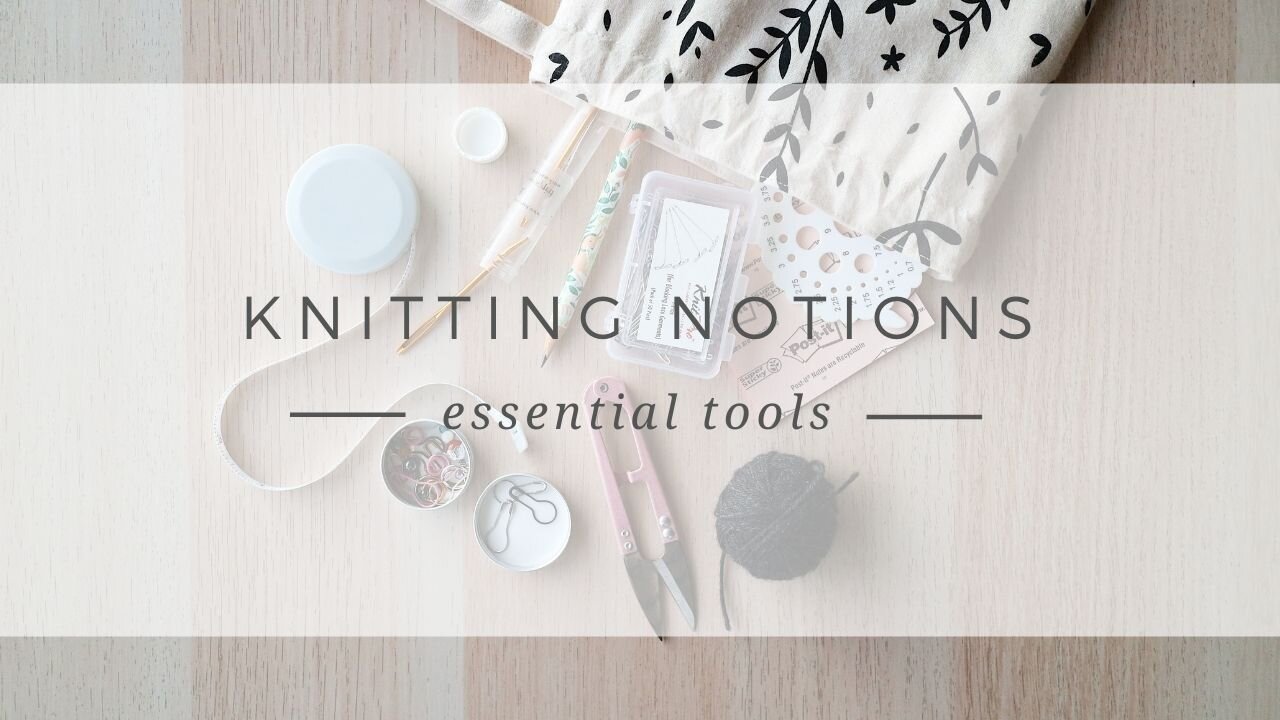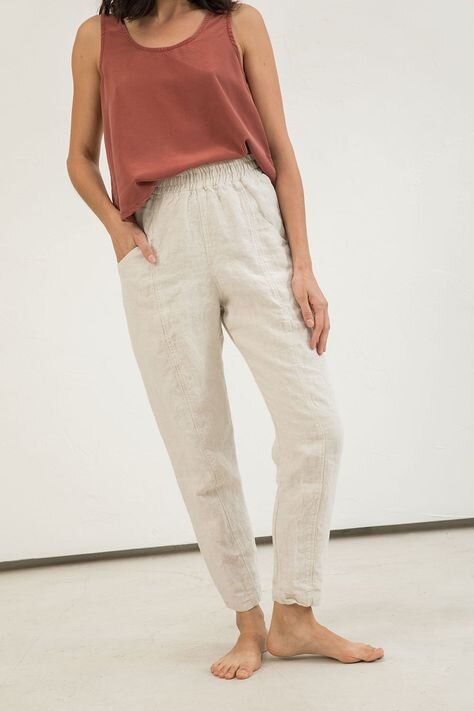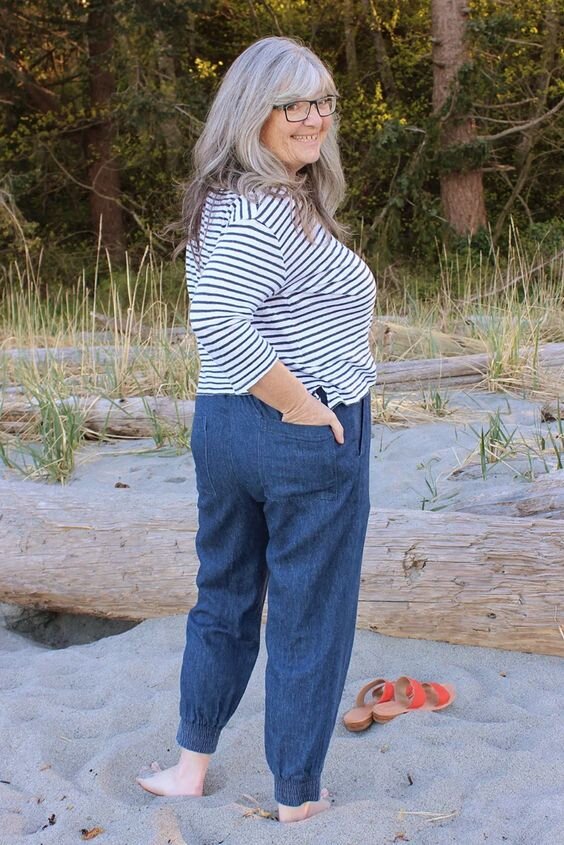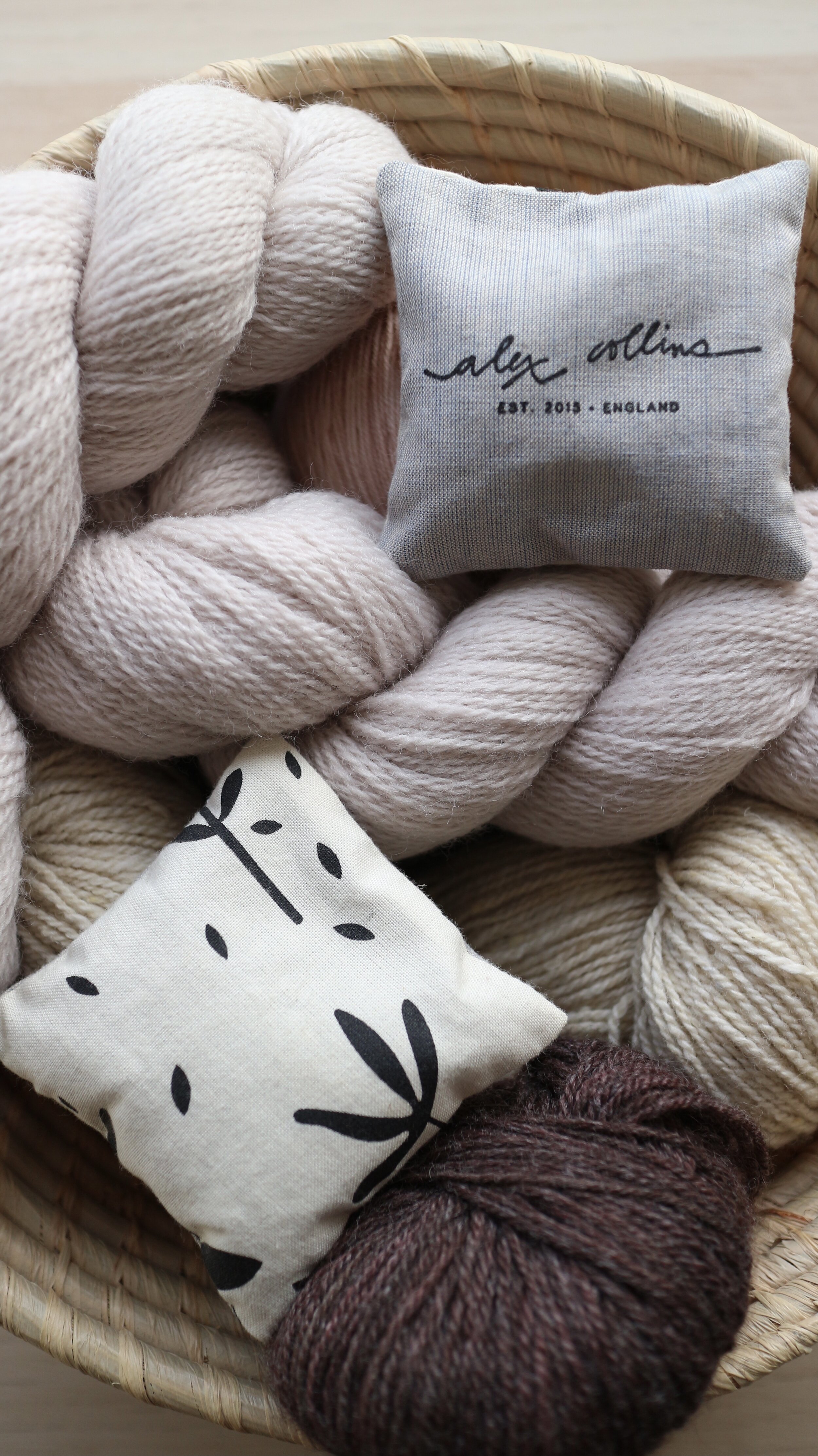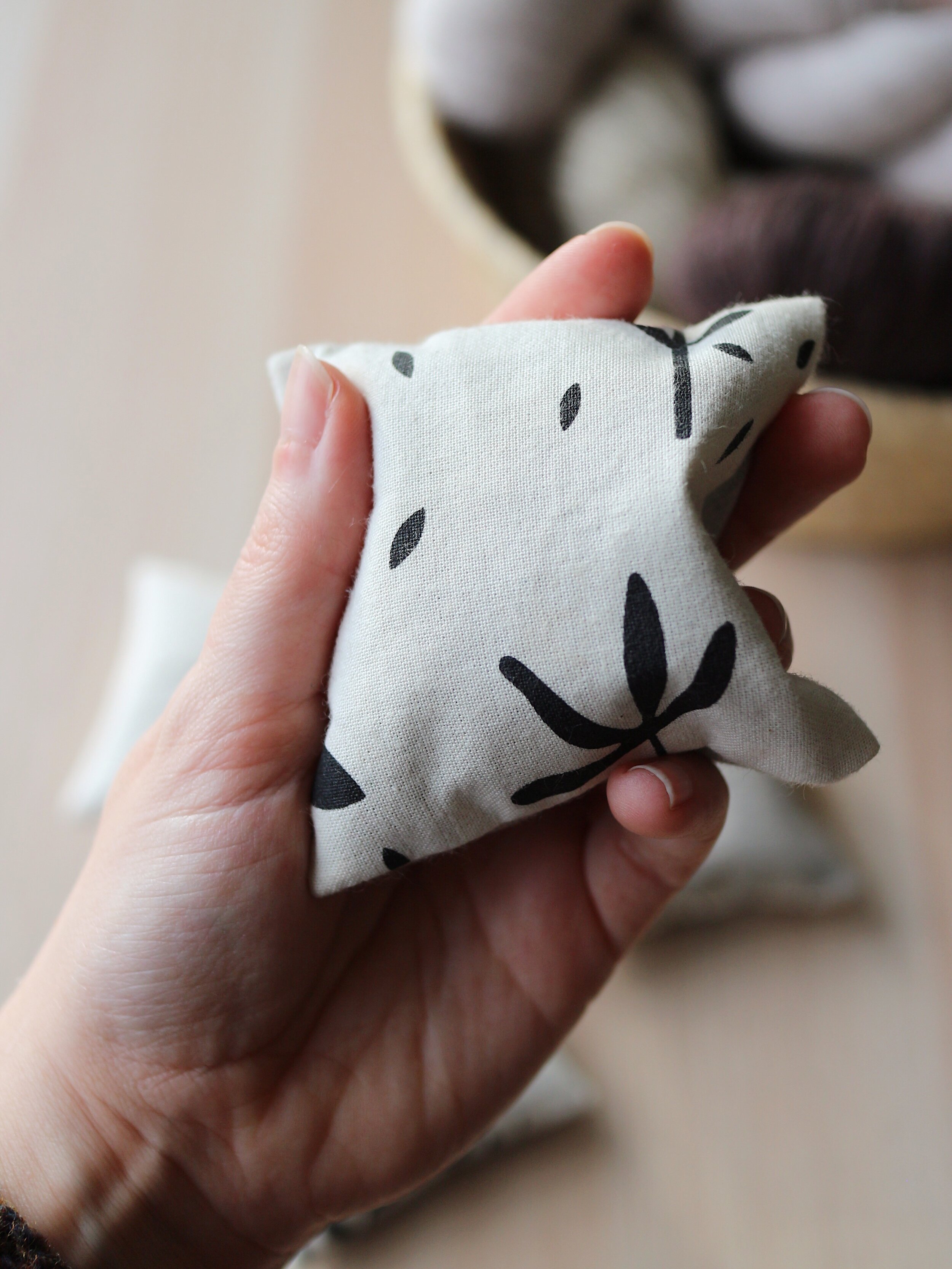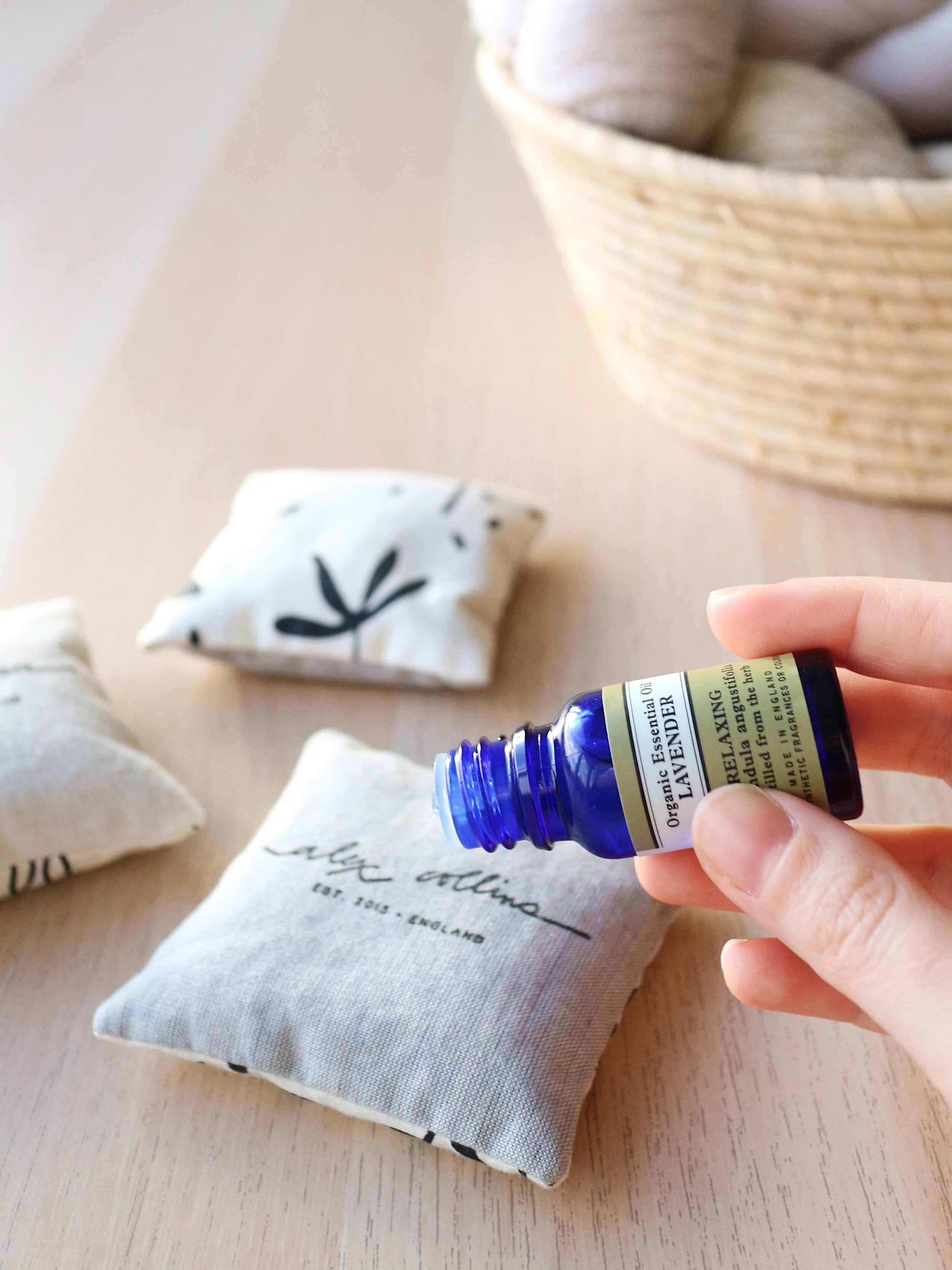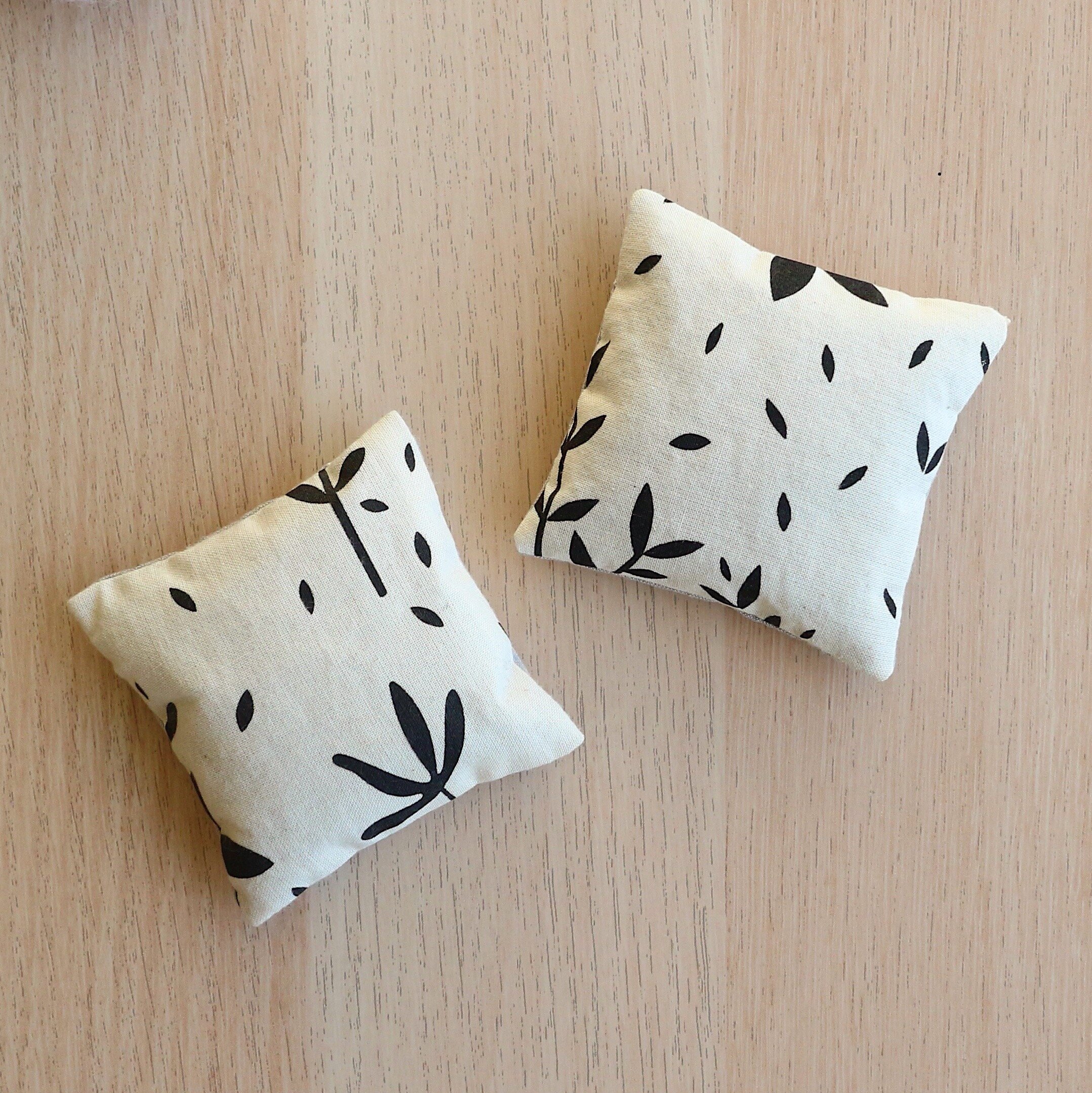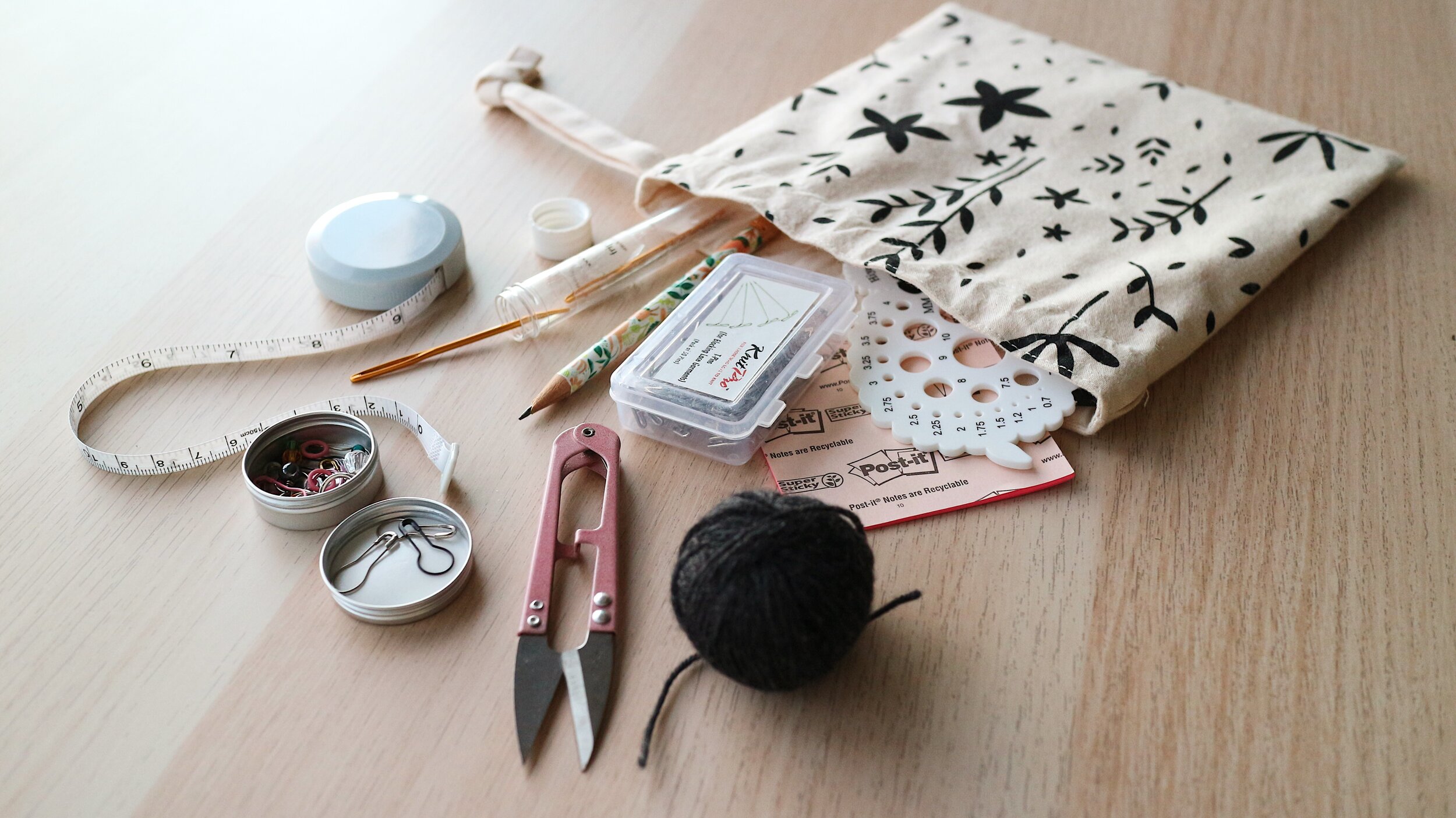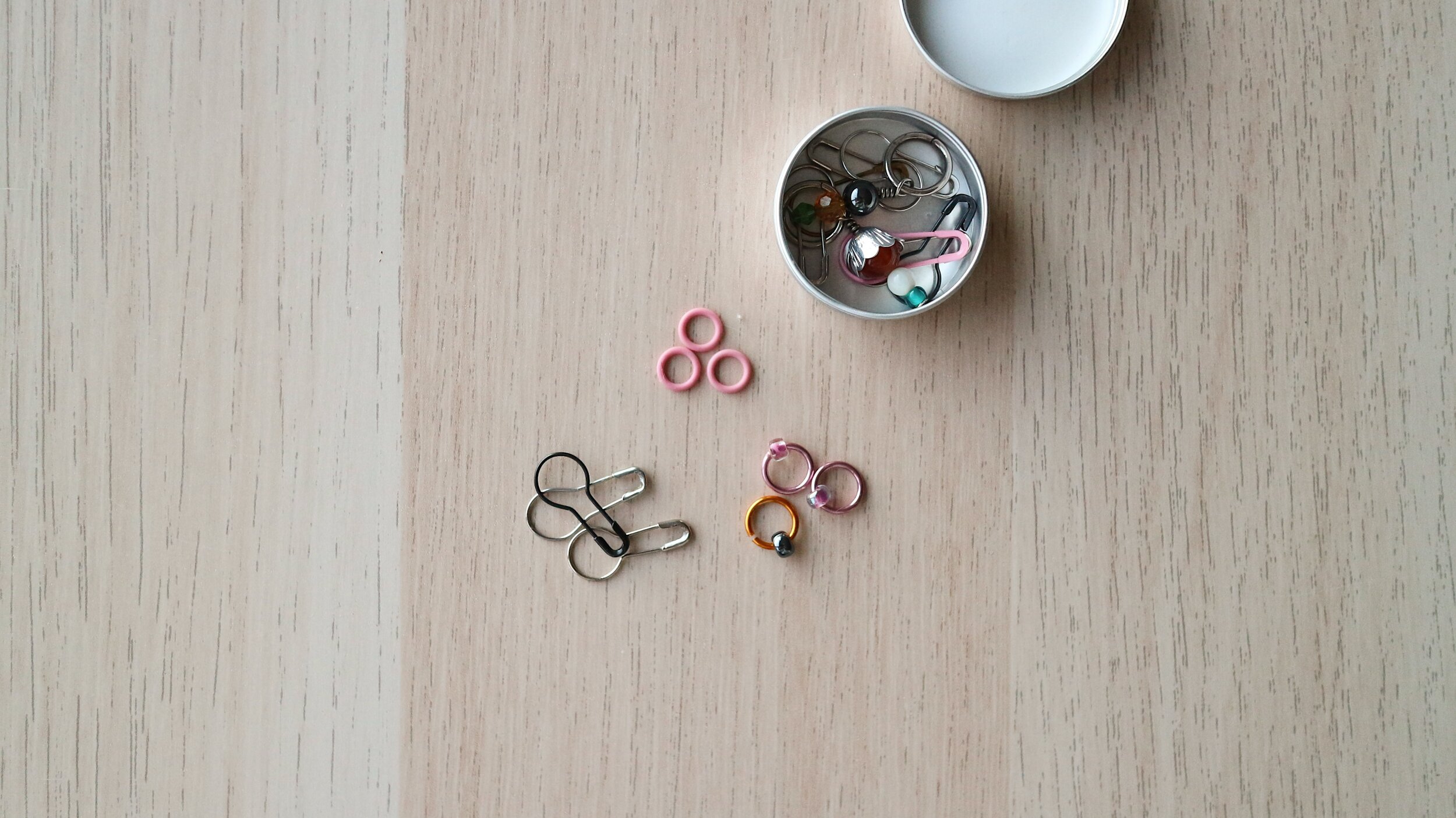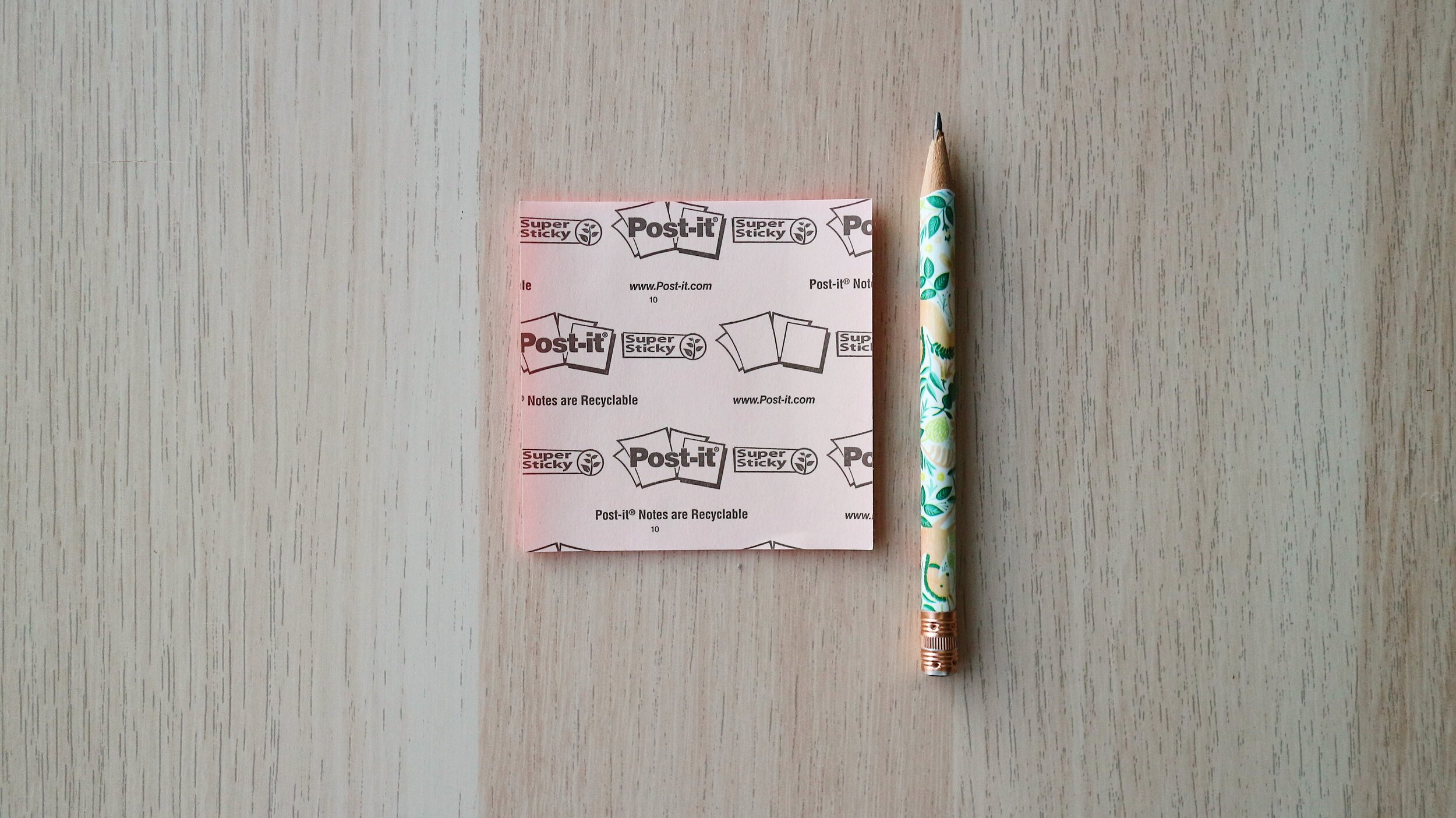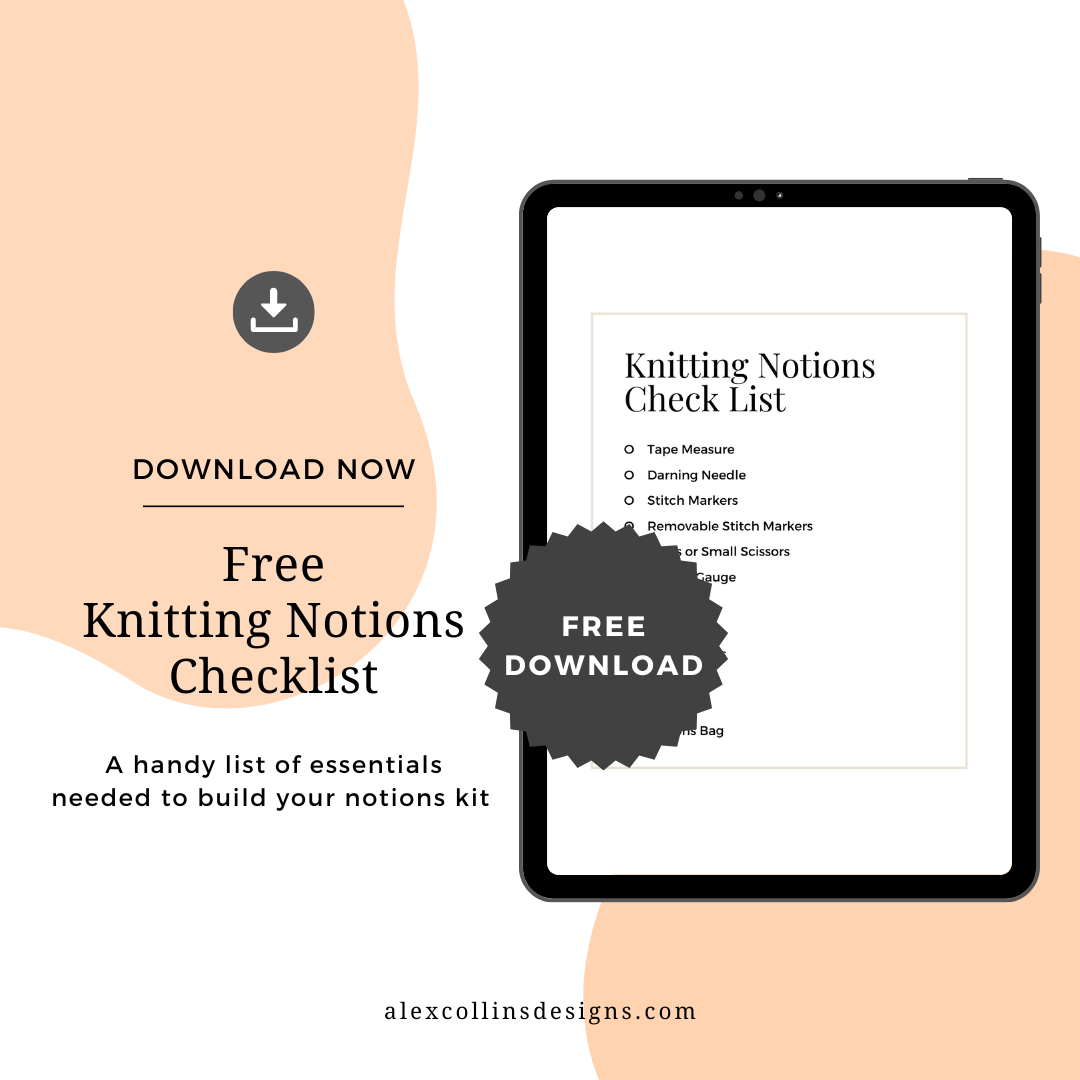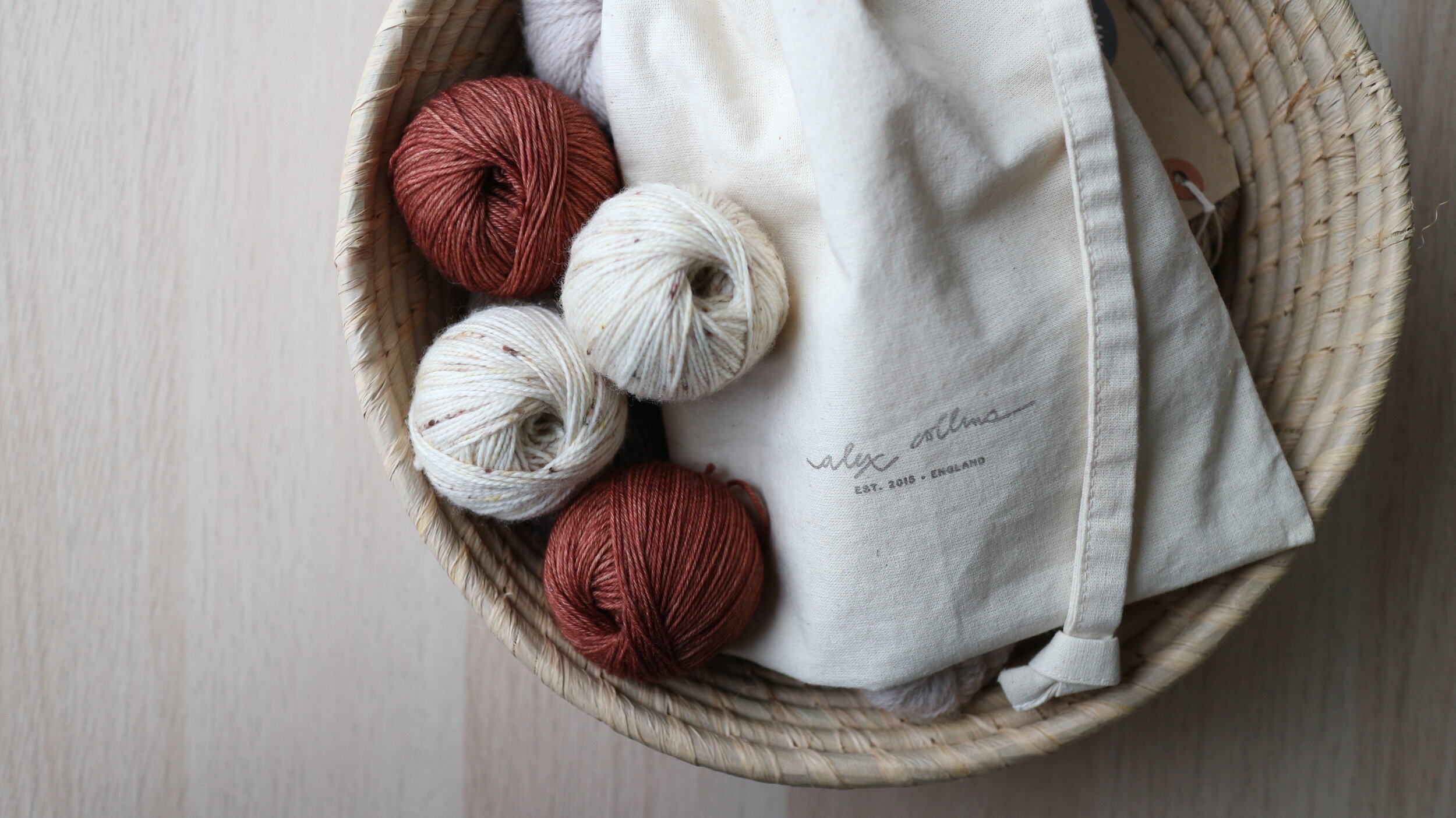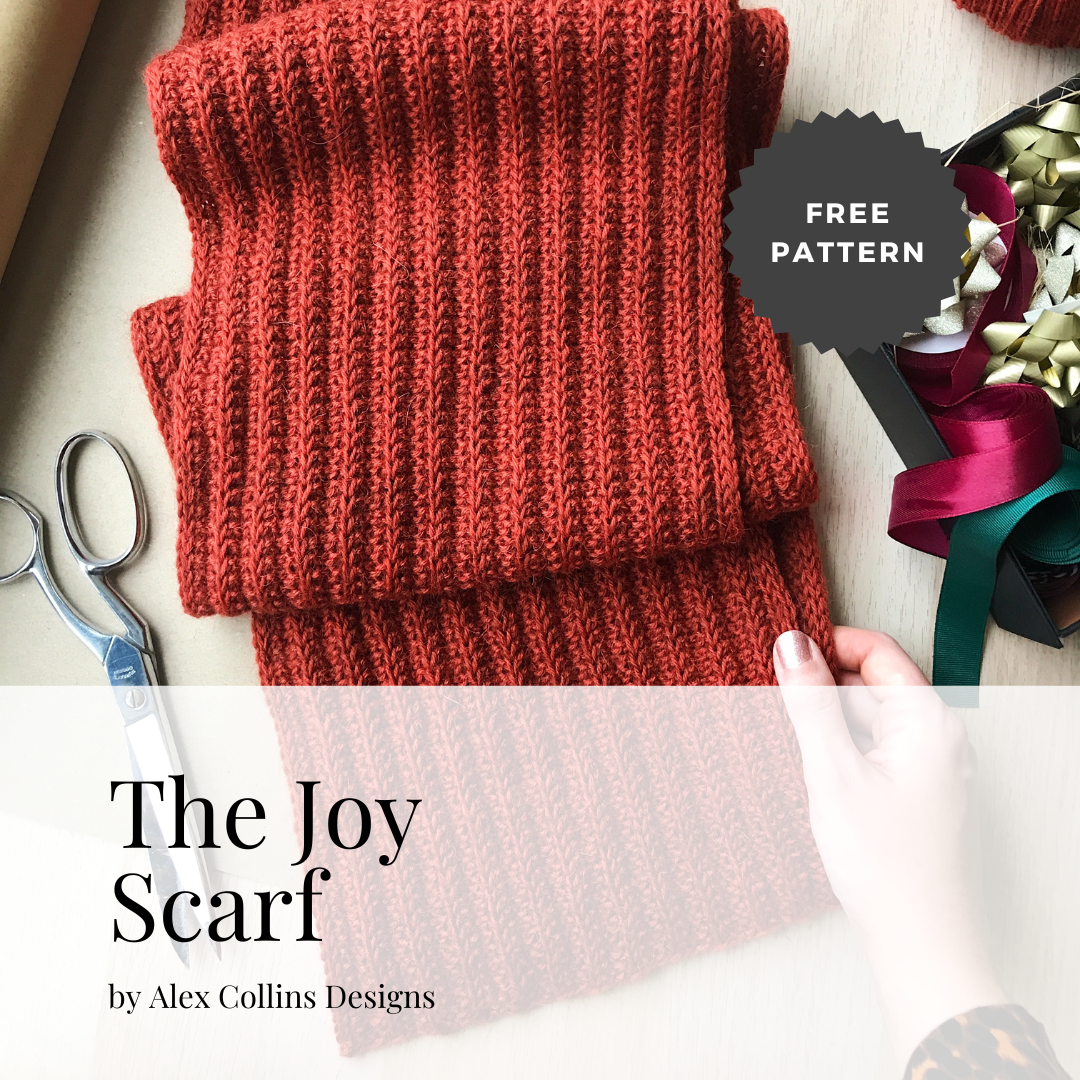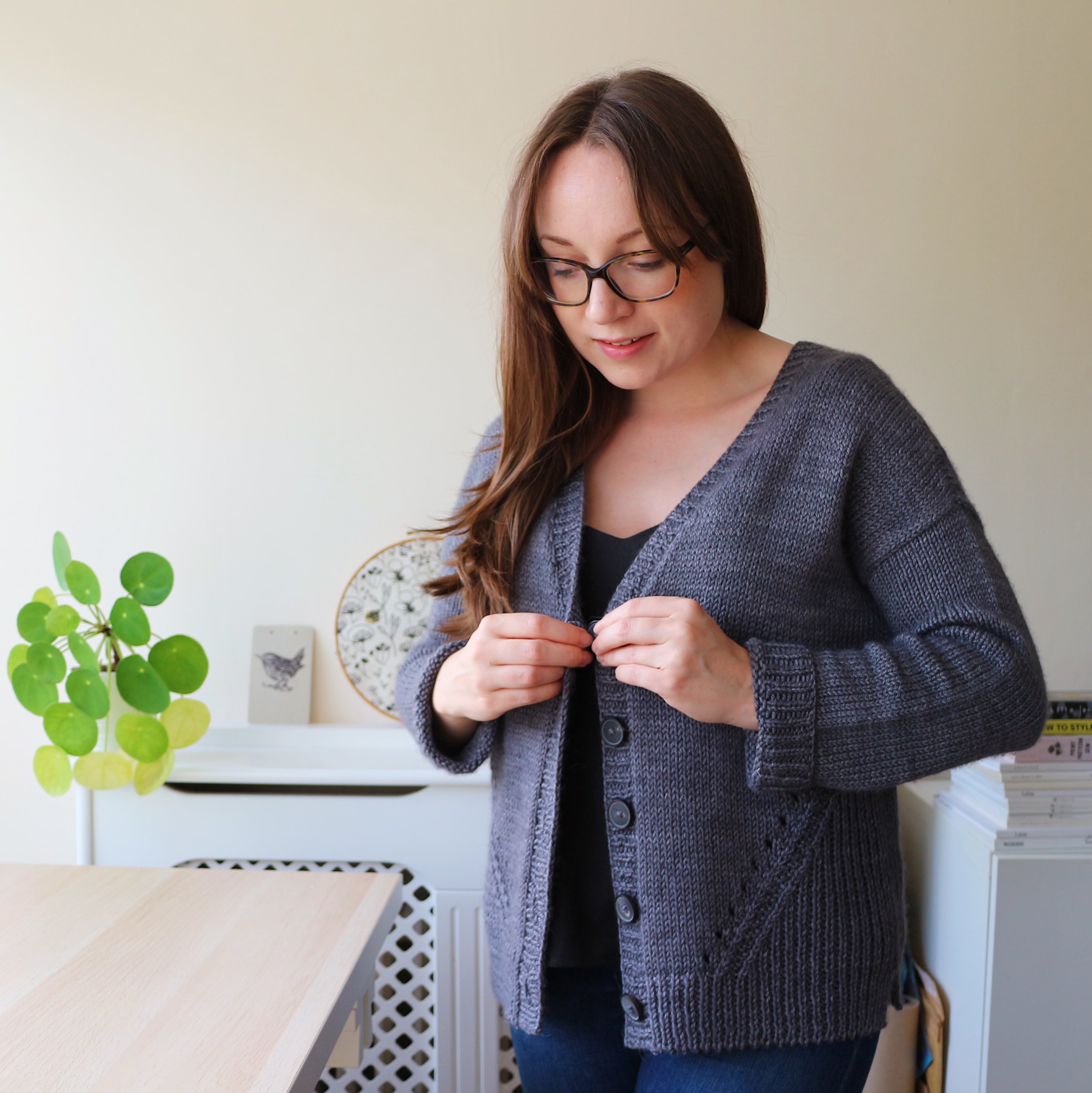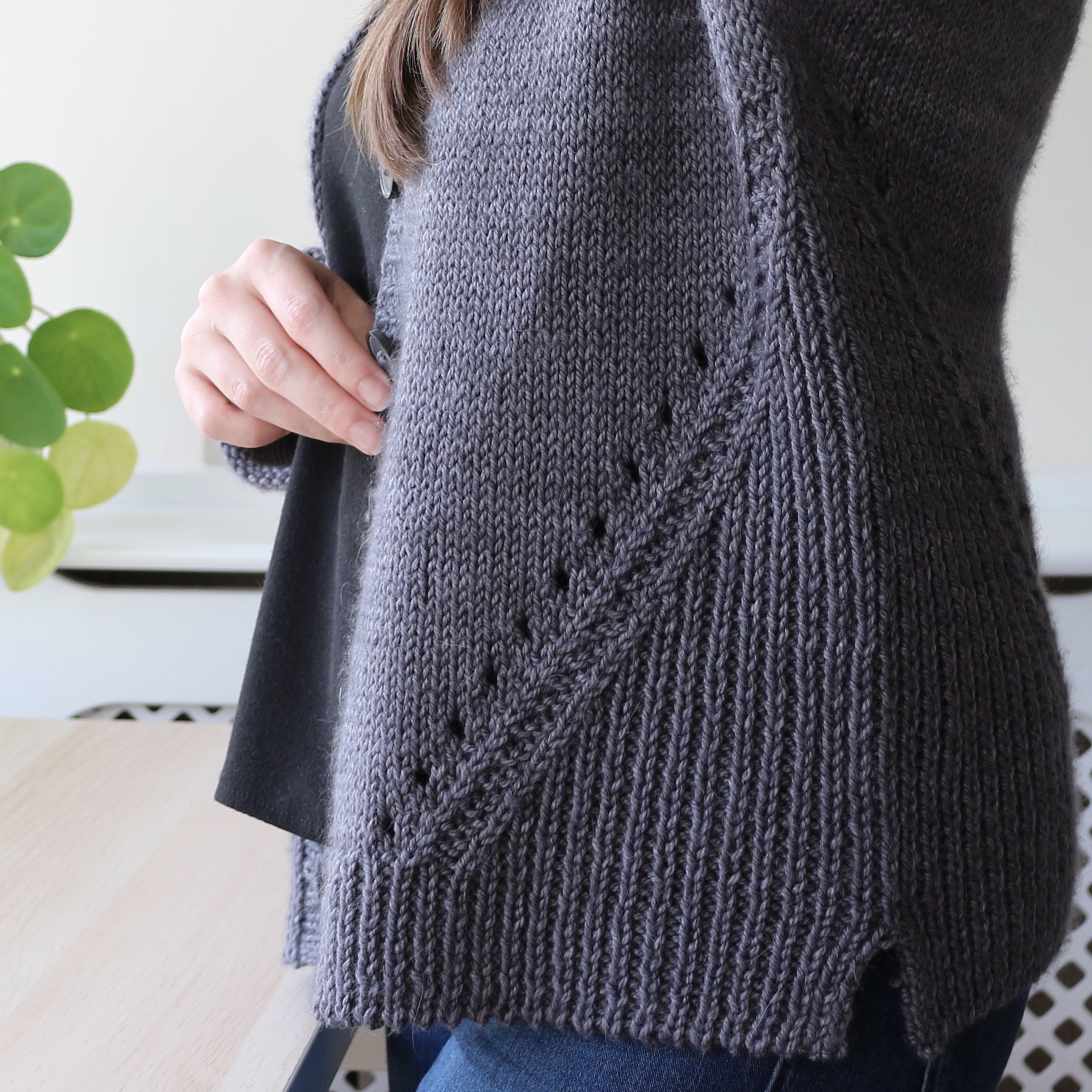Knitted vest patterns are everywhere right now which is great if you want to add the slipover trend to your handmade wardrobe.
When it comes to clothes I love layering and dramatic sleeves so it was only a matter of time before I made myself a knitted vest.
There are many designs to choose from but if you want a quick and simple vest pattern, look no further than the Novice Slipover by PetiteKnit.
I love that I’m extending the wear of my cottage-core summer dresses by adding tights and the Novice Slipover to create an cosy and cool Autumn/Winter look.
Novice Slipover Vest Knitting Pattern
I like the straightforward construction and I found the Novice Slipover pattern easy to follow.
I think the Novice Slipover is beautiful in its simplicity. The ribbed trims and the simple increases that shape the neck give a polished look with the Filcolana Peruvian wool I used.
The pattern starts at the back yoke and is worked from the top down which made it easy for me to try on and check the fit as I knit. Fit was important to me with this garment as wanted it to hit me at my waist for wearing over high waisted skirts and dresses.
Filcolana Peruvian Highland Wool
The Novice Slipover calls for a DK weight yarn held with a lace weight which is the equivalent of an aran weight with a gauge of 17sts and 25rnds per 4 inches.
I prefer to knit with just one strand of yarn so I chose Filcolana’s aran weight 100% wool Peruvian and I couldn’t be happier with the result
I got gauge using 4mm needles and I love the cosy, warm fabric I got at 17sts per 4 inches. To me the vest feels very soft for a 100% non-super wash yarn and the charcoal colour is a great staple that can be worn with anything in my wardrobe.
I’ve been wearing my knitted vest often over the last couple of months. It’s got minimal pilling and has kept its shape beautifully since blocking.
Fit and Modifications
I knit size 40.25” which would give me about 4 inches of positive ease. The pattern is designed to be worn with almost 7” of positive ease but I really like the closer fit layered like this.
I was unsure how this style of vest would look and if it would be something I’d enjoy wearing so I went armed with a tape measure and hit the high street.
I found a similar knitted vest in Marks and Spencers and tried a few sizes to work out what I liked best. I found that something with less positive ease felt right and I folded the hem up to a cropped length which I thought would look good with my high waisted skirts and dresses.
I took as many measurements as I could and then compared those measurements to the PetiteKnit Novice Slipover pattern at home.
Choosing a size with less ease and knitting the body shorter were the only changes I made. I followed the pattern as written and blocked to the measurements of the ready-to-wear knitted vest I tried on.
The finished chest measurements should have been 40.25” but as I mentioned I wanted my Novice Slipover to be as close to the measurements I’d taken from the vest I tried in store. Therefore I blocked the vest to just 19” across (38” finished chest), 16” from neck edge to hem and 9” from underarm to hem.
The Filcolana Peruvian yarn blocked beautifully and the vest has kept it’s shape well as you can see. These photos were taken almost 2 months after finishing the Novice Slipover and I’ve worn it 2-3 times each week.
I’ll be looking for a sweater pattern to knit with this yarn soon as it’s a great price point at just £4 per 50g ball at the time of writing this.
Alex wears a Novice Slipover by PetiteKnit that she knit using Filcolana Peruvian in Charcoal
Project Notes
Pattern: Novice Slipover by PetiteKnit
Yarn: 5 balls of Filcolana Peruvian 100% Wool (109 yards/100 meters 50g) in 956 Charcoal
Size: Knit size 40.25” but blocked to just 38" which gives me 2” of positive ease
Needles: 4 mm (US 6) Addi Circulars
I didn't change needles for the rib on the body but I did go down to 3.25mm on the arm holes and neck edge.
Started: 25th September 2023
Finished: 9th October 2023

